Stories featured in
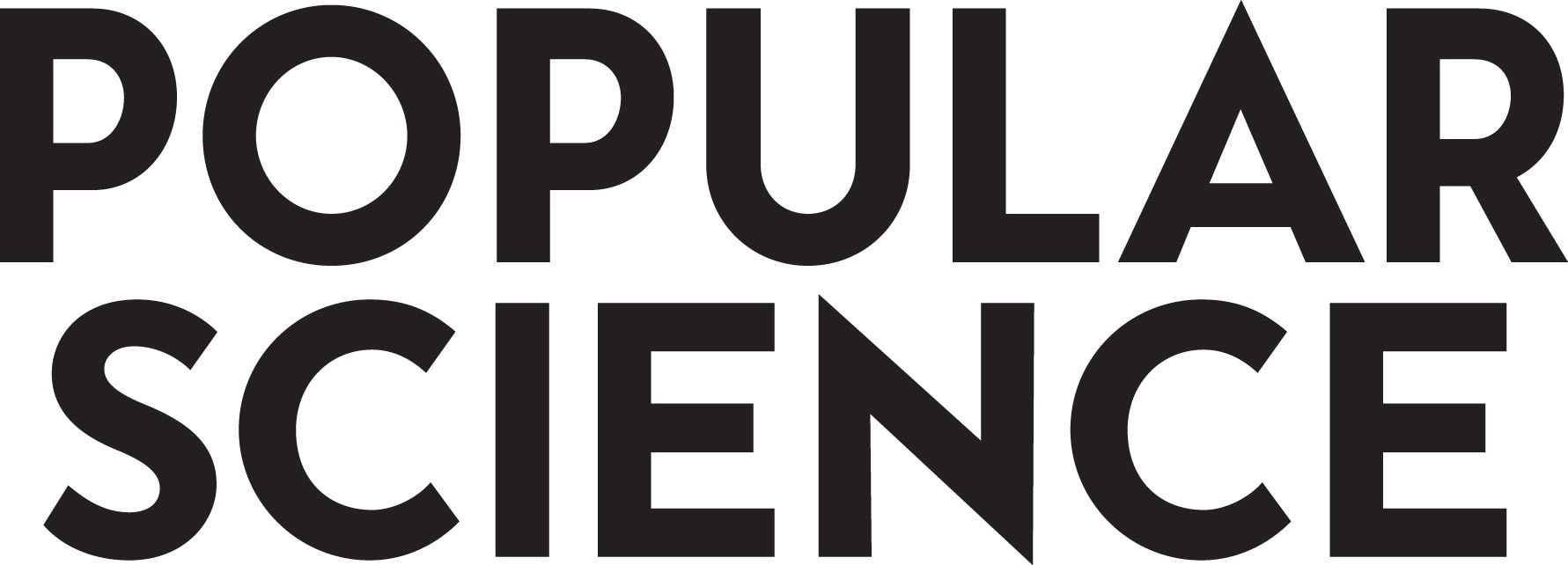
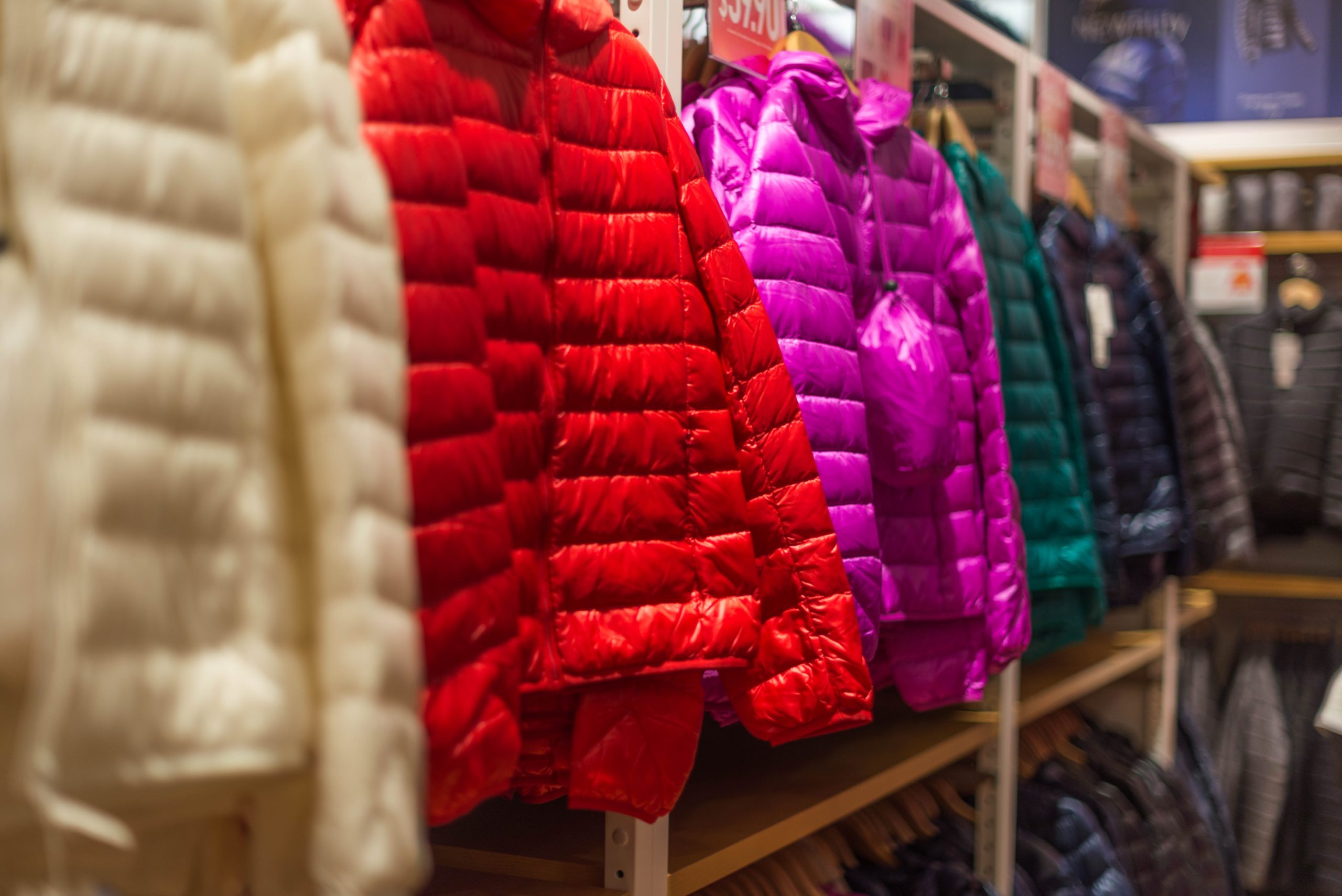
Is Fast Fashion Making Us Sick?
On a recent spring afternoon, journalist Alden Wicker was examining a neon orange purse at H&M. The price tag read $14.99, but instead of listing materials, it simply said “vegan.” She raised an eyebrow. At Wicker’s request, a store clerk looked up the materials: polyurethane and polyester. Plastics. For the last decade, Wicker has been coveringREAD MORE
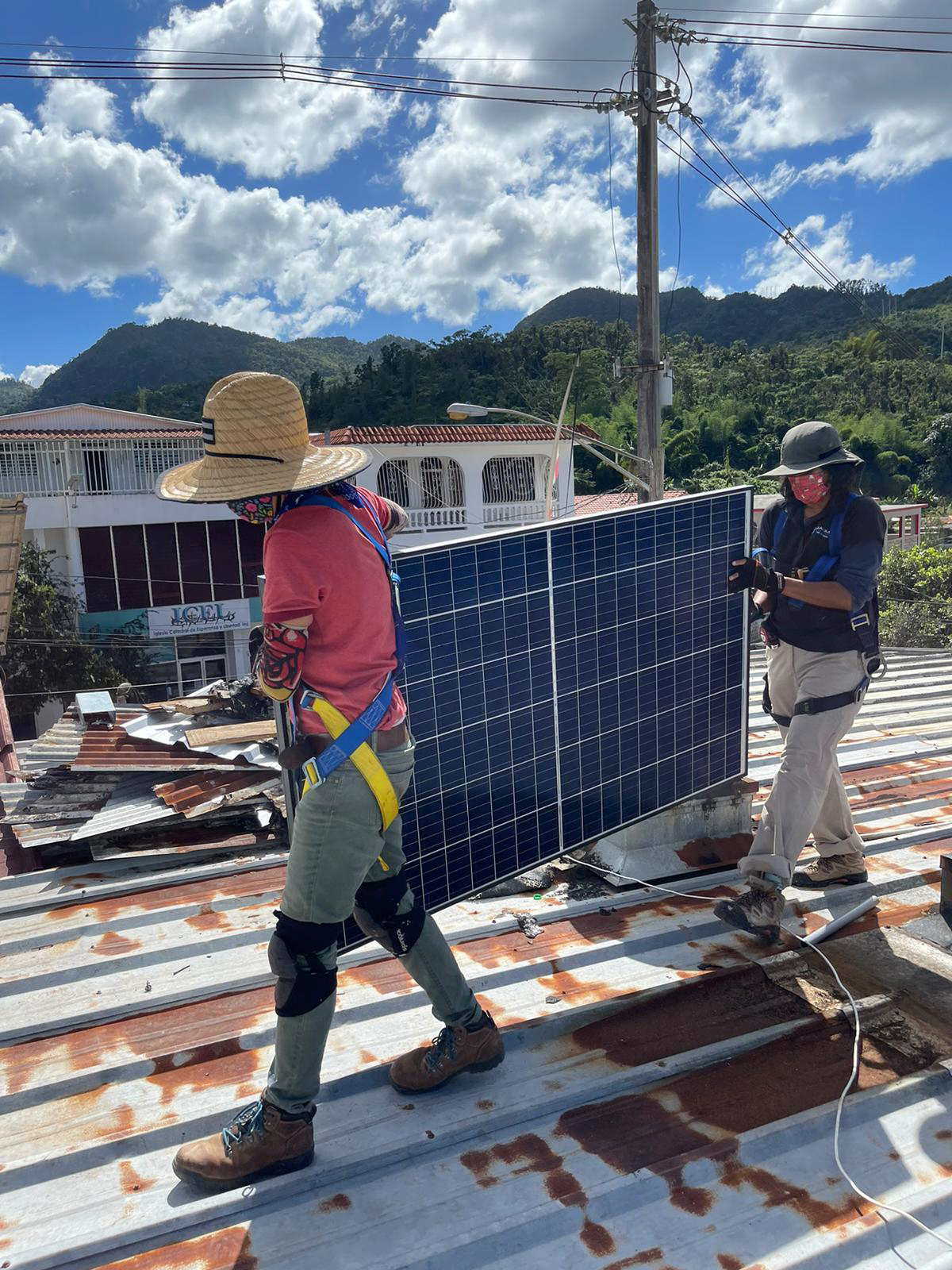
“We Each Have a Commitment to the Community”: Solar Resilience in a Puerto Rico Town
Leer en español. For two weeks after Hurricane Maria devastated Puerto Rico in 2017, Lucy’s Pizza was the only restaurant open in the central mountain town of Adjuntas. The town’s 18,000 residents, like those on the rest of the island, were entirely without electricity. “No one has power, you can’t get gas, it’s difficult to makeREAD MORE
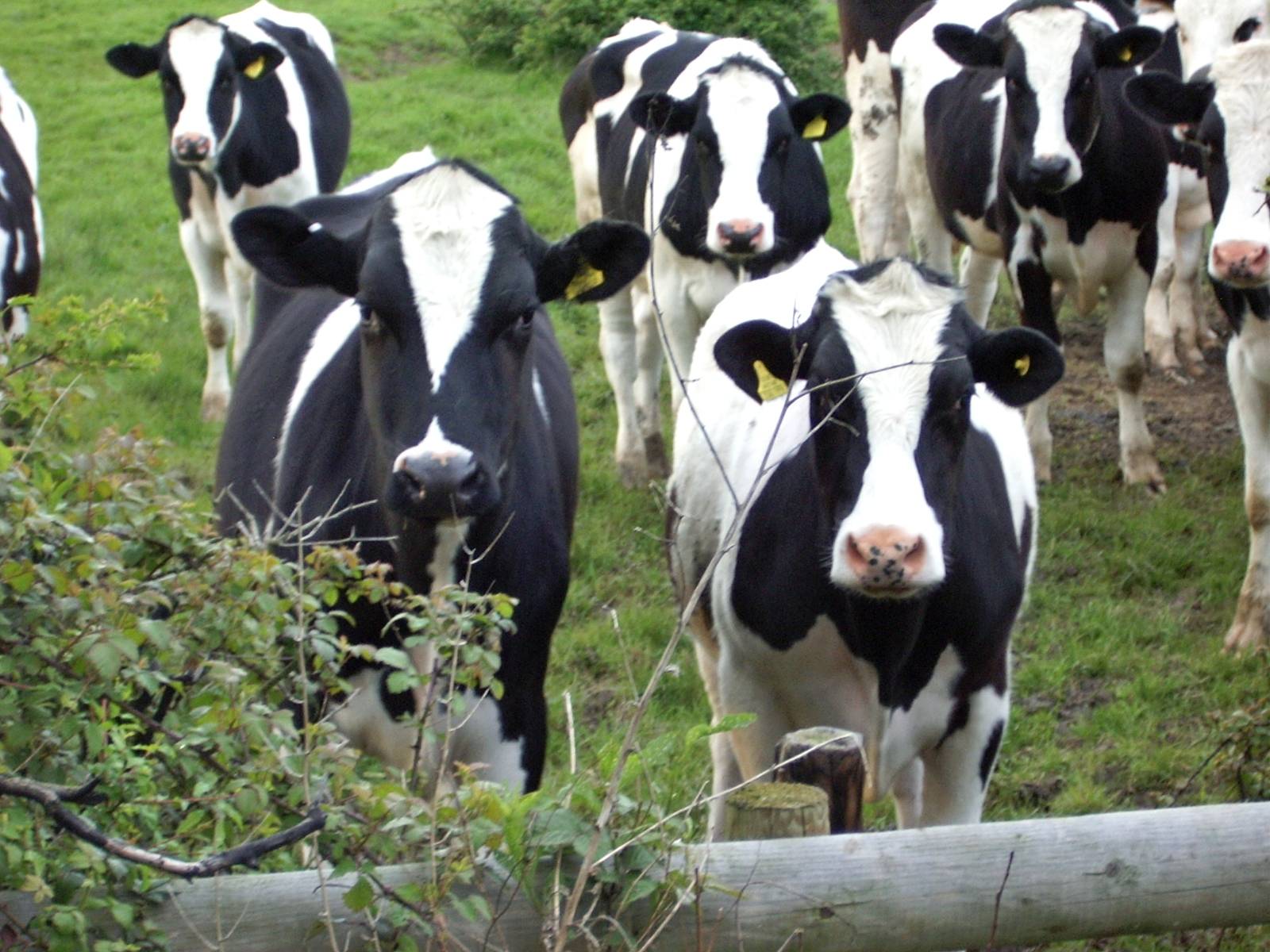
Can the Farm Bill Fix Agriculture’s Methane Problem?
For years, Paul Danbom let good fertilizer go to waste. On his 900-head dairy farm in Turlock, California, he was buying fertilizer for his distant cornfields. Meanwhile, he was paying to dispose of millions of gallons of perfectly good “brown gold” because there was no easy and ecologically friendly way to get it from his cattleREAD MORE

Silvopasture Is an Ancient, Climate-Smart Farming Practice. Can the Farm Bill Help Spur its Renaissance?
On a clear morning in April, after milking his seven cows, Tim Sauder looked over the pasture where he had just turned the animals out to graze. Like many dairy farms, Sauder’s fields swayed with a variety of greenery: chicory, alfalfa and clover. But they were also full of something typically missing on an agricultural landscapeREAD MORE
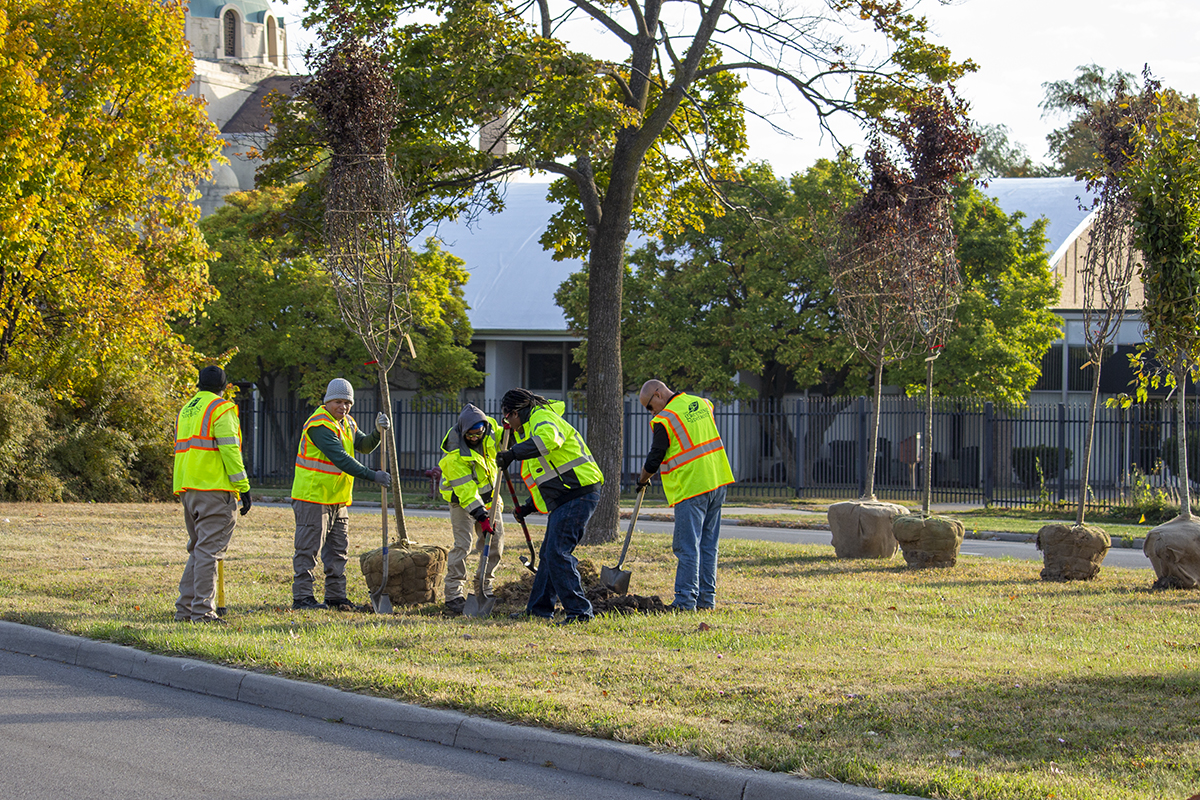
Cities Are Rethinking What Kinds of Trees They’re Planting
After a series of winter storms pummeled California this winter, thousands of trees across the state lost their grip on the earth and crashed down into power lines, homes, and highways. Sacramento alone lost more than 1,000 trees in less than a week. Stressed by years of drought, pests and extreme weather, urban trees are inREAD MORE
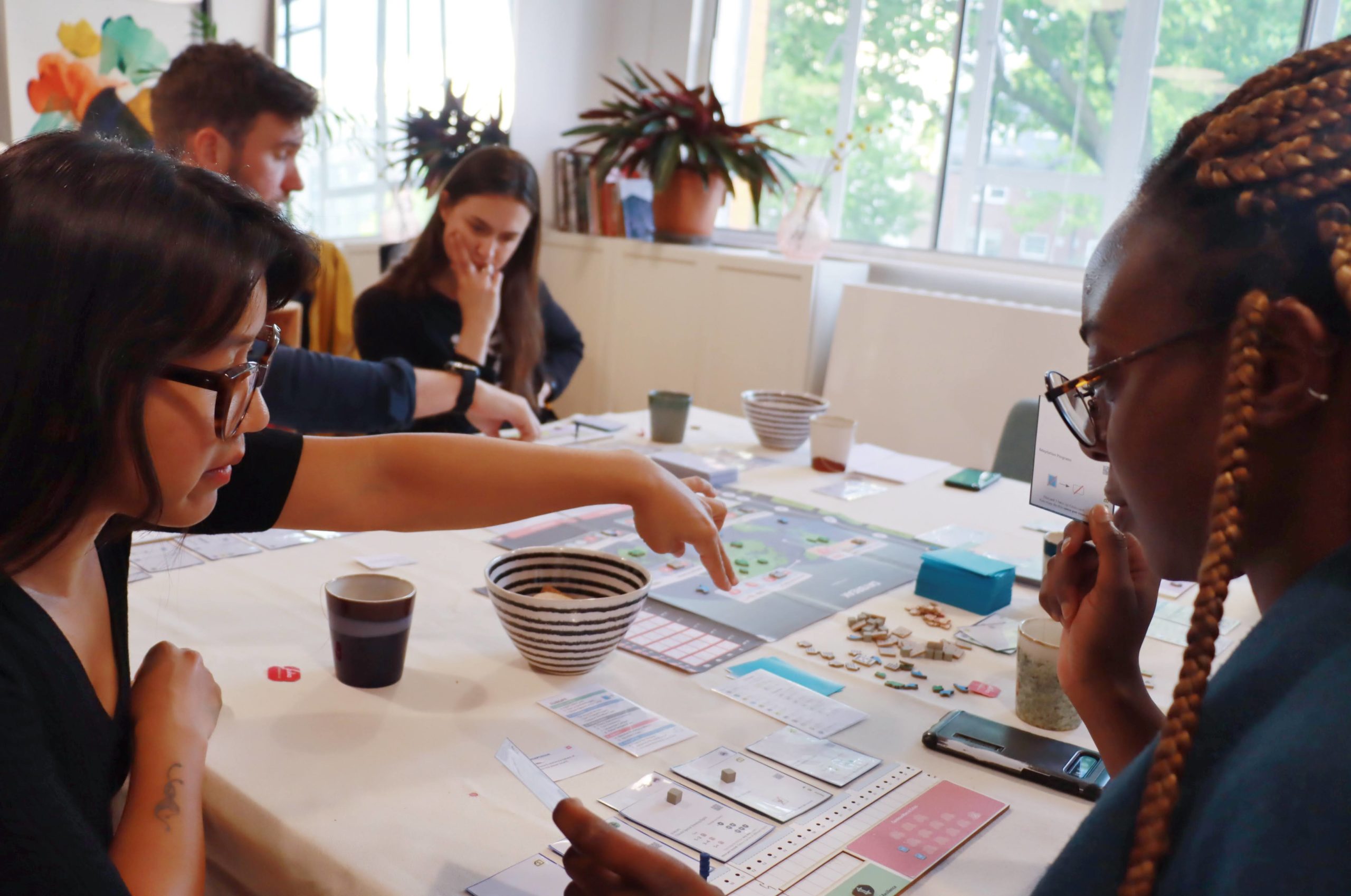
Can We Game Our Way Out of the Climate Crisis?
Europe is planting trees to offset its emissions but is swiftly hit with massive wildfires. The United States is investing in mining operations abroad to wean off its dependence on fossil fuels but harbors concerns about trading with an abusive government. Meanwhile, a coalition of countries from the Global South must decide whether to accept constructionREAD MORE
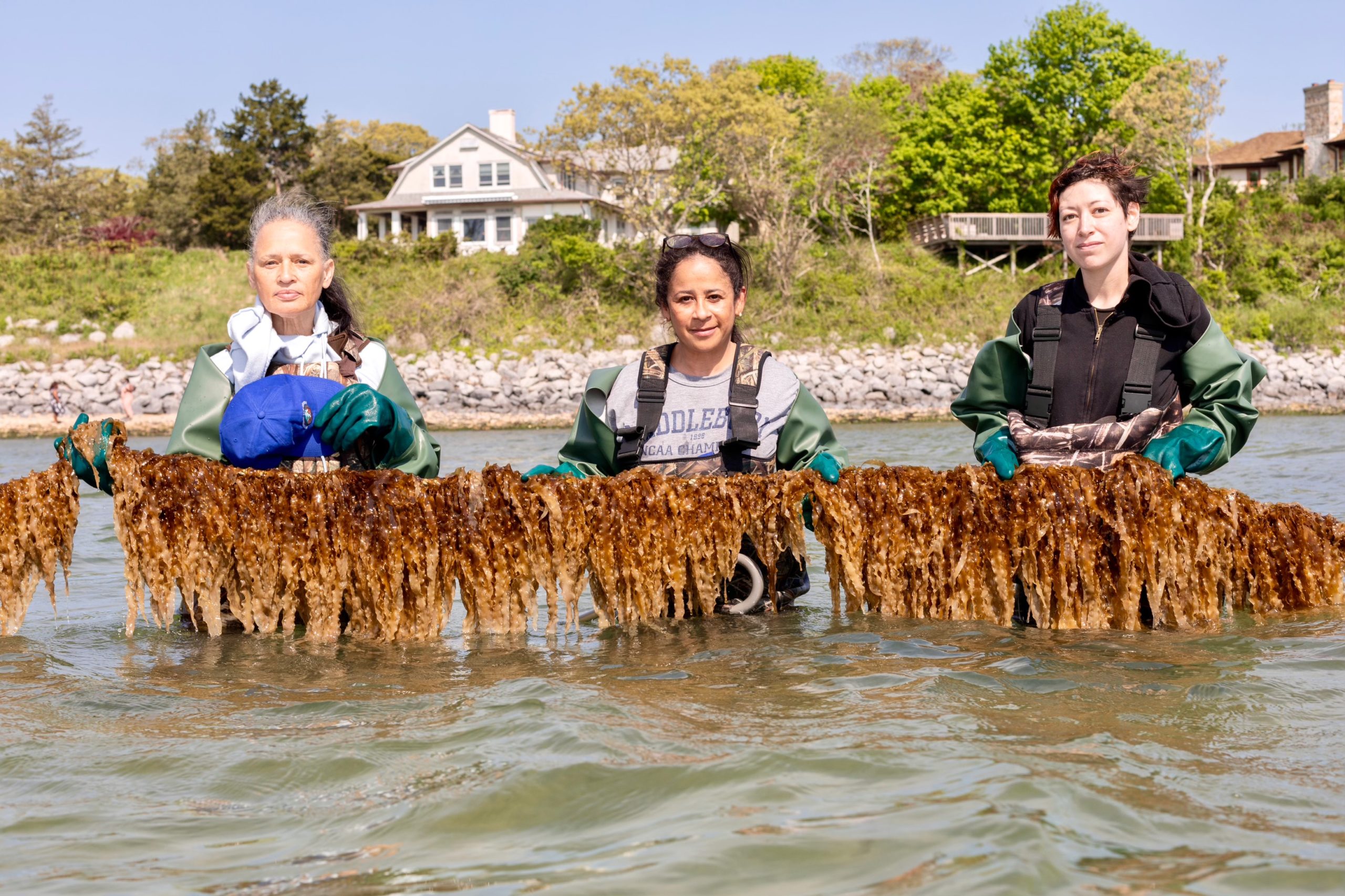
Can Kelp Farming Bring Back Shinnecock Bay?
For most of the Shinnecock Nation’s history, the waters off the eastern end of Long Island were a place of abundance. Expert fishermen, whalers and farmers, the Shinnecock people lived for centuries off the clams, striped bass, flounder, bluefish and fruit native to the area. Today, the area is best known as a playground for theREAD MORE
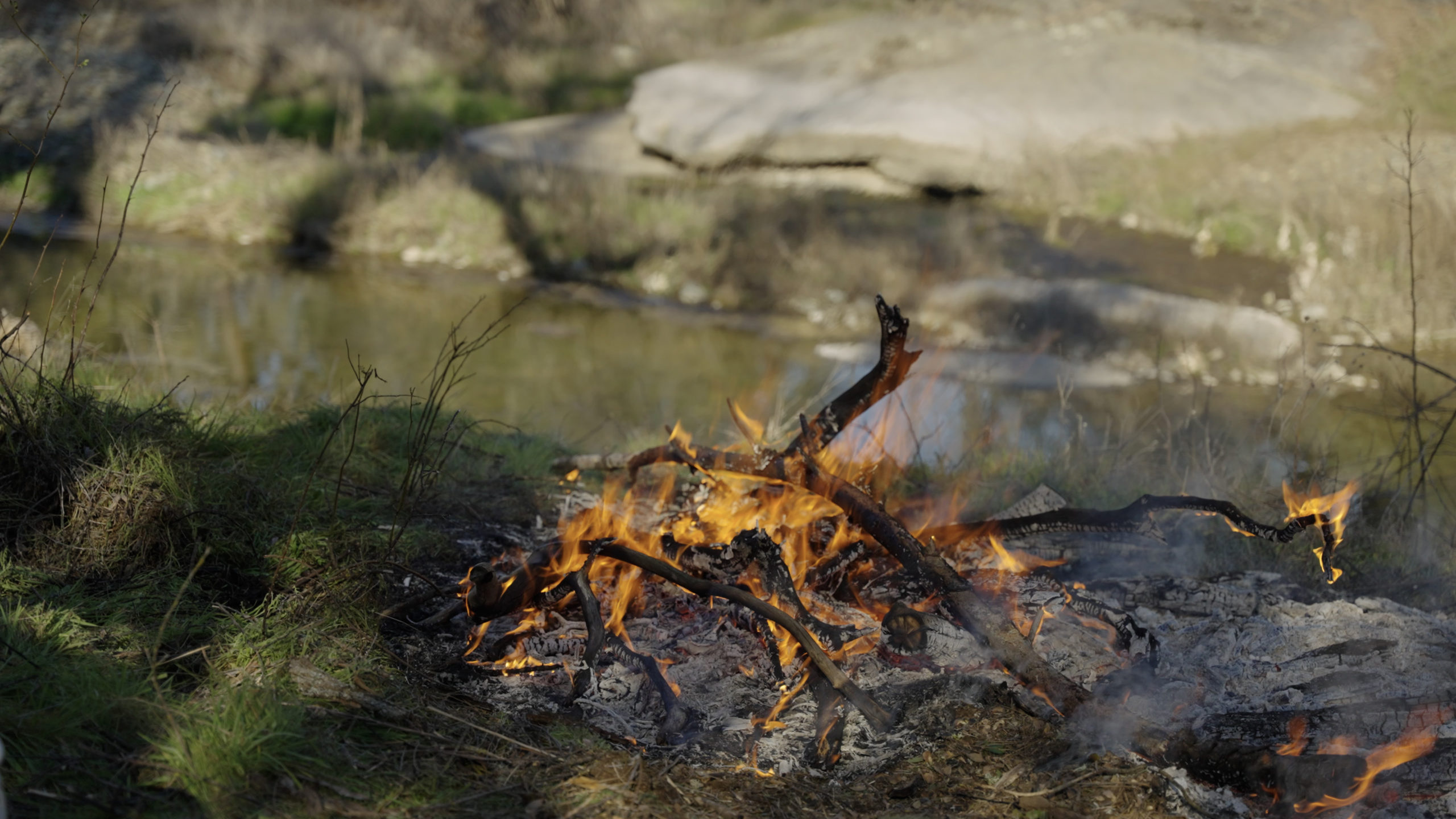
Can Indigenous Cultural Burning Fix America’s Wildfire Crisis?
Before fire suppression policies were put in place at the turn of the 19th century, Indigenous communities across California relied upon regular brush clearings to access culturally important plants. Where dead twigs, branches and leaves burned, ferns and tobacco plants re-emerged with healthy root systems, free from overgrowth that could sap their access to rainwater. TheseREAD MORE
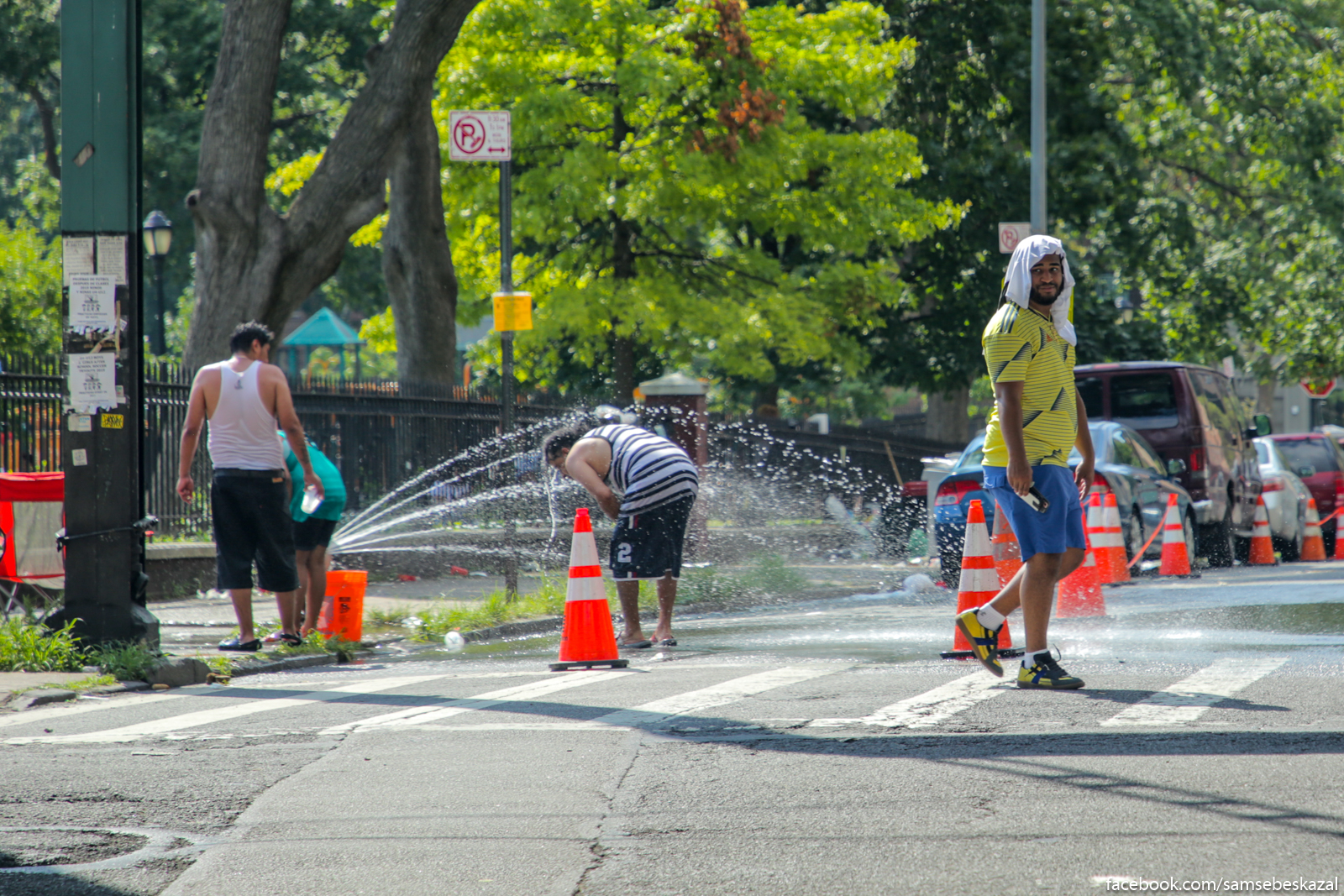
Cities Are Tapping Residents to Study Climate Change Impacts
On very hot days, Victor Sanchez makes sure to leave his home in the afternoon. "The sun just pours in," he said of his top-floor, west-facing apartment in Harlem, where he has two fans but no air conditioner. Sanchez usually finds a shaded bench in nearby Morningside Park, sees a film or rides his bike toREAD MORE
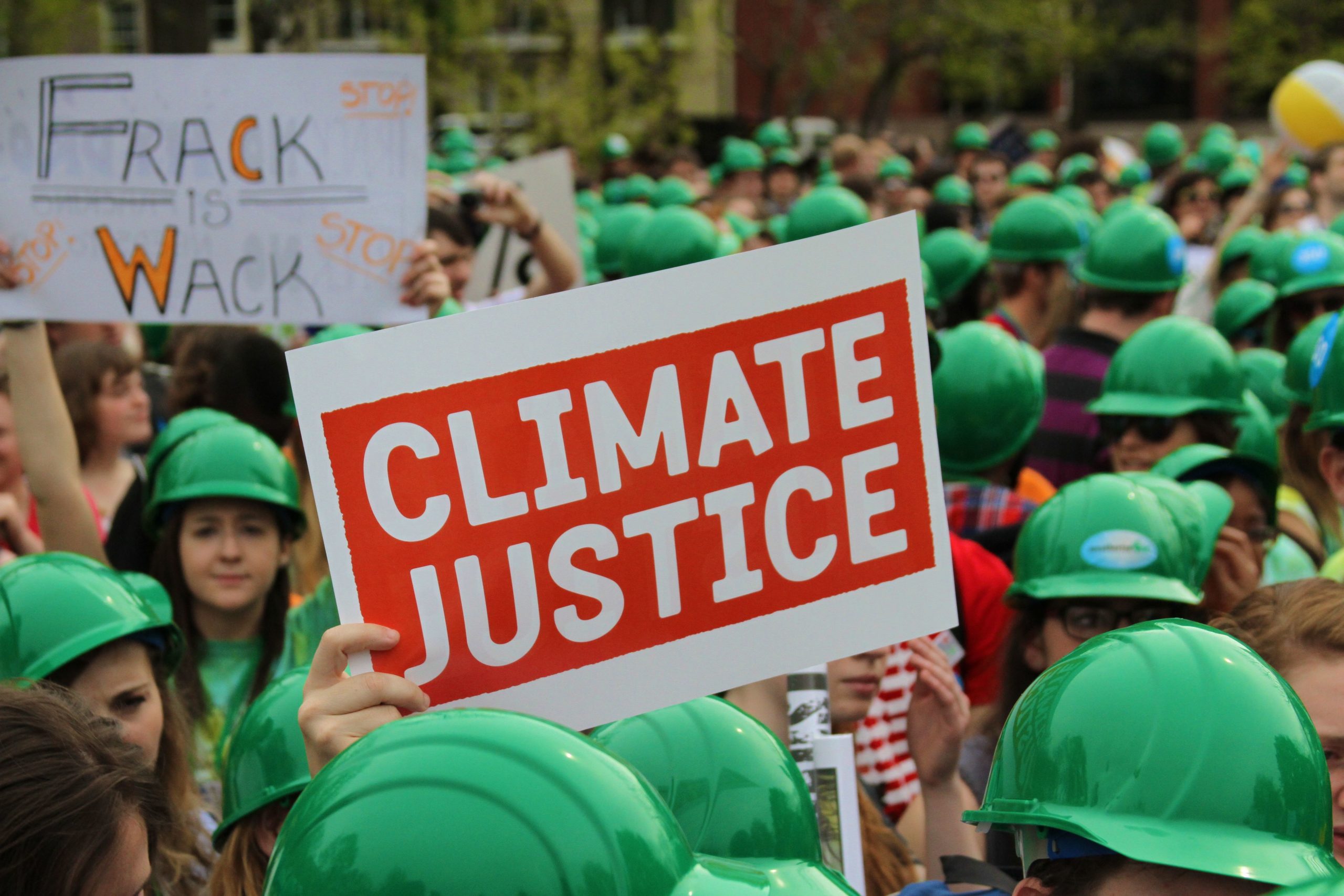
Can a ‘Green Amendment’ Deliver Environmental Justice?
According to locals, two different types of odors emanate from the 366-acre High Acres Landfill, which sits just outside Rochester, New York. “There’s the gas odors, and then there’s the garbage odors coming from when they open the landfill and are actually dumping, or the trains unloading from New York City,” Gary McNeil told City, aREAD MORE
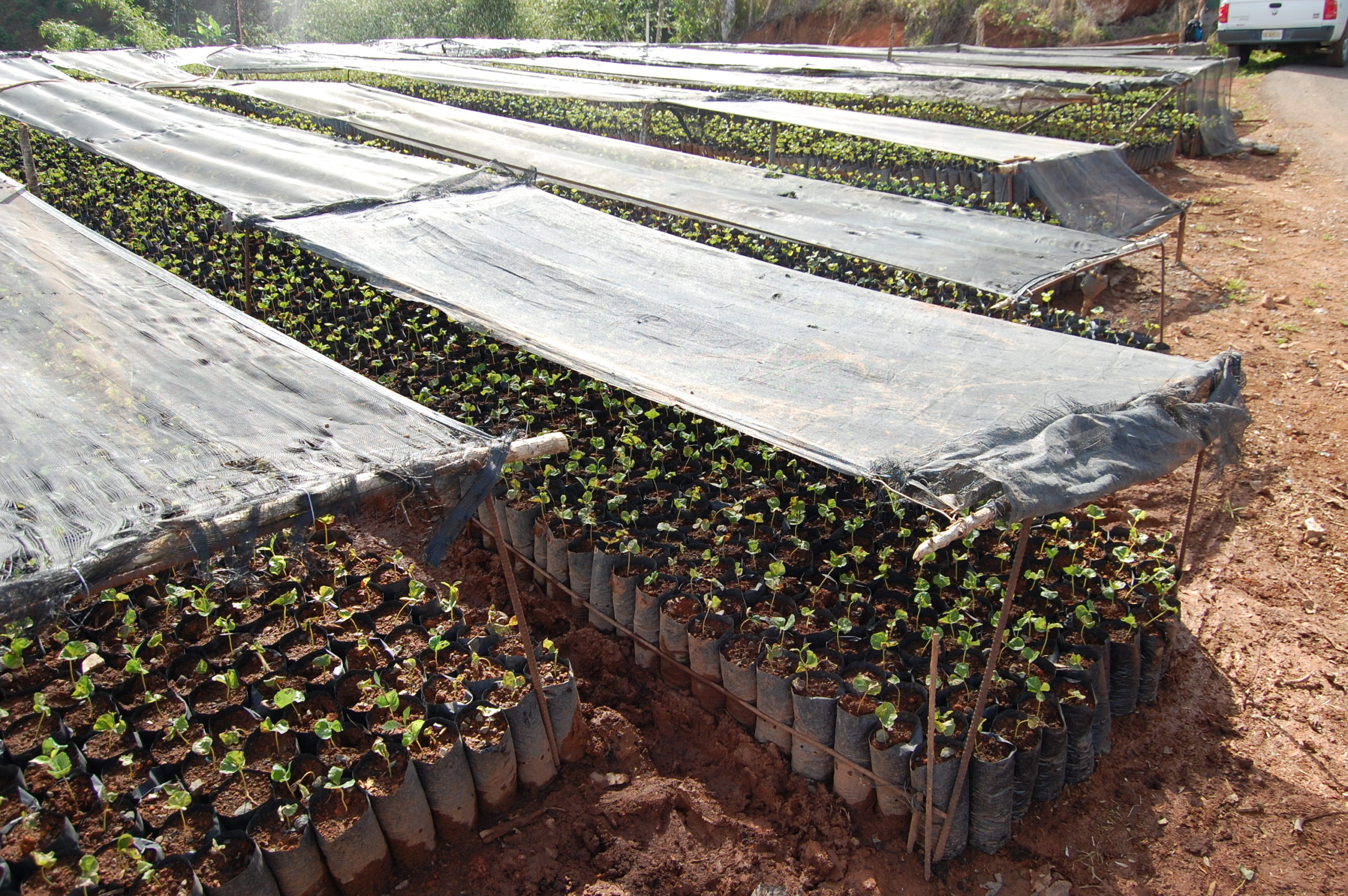
‘People Need Access to Fresh Food.’
Maritza del Rosario López Cortés comes from a long line of farmers in central Puerto Rico. But it was only after Hurricane Maria devastated the island in 2017, leaving many residents in her hometown of Villalba without electricity or access to food, that she fully appreciated the importance of local growers. “It took so long forREAD MORE
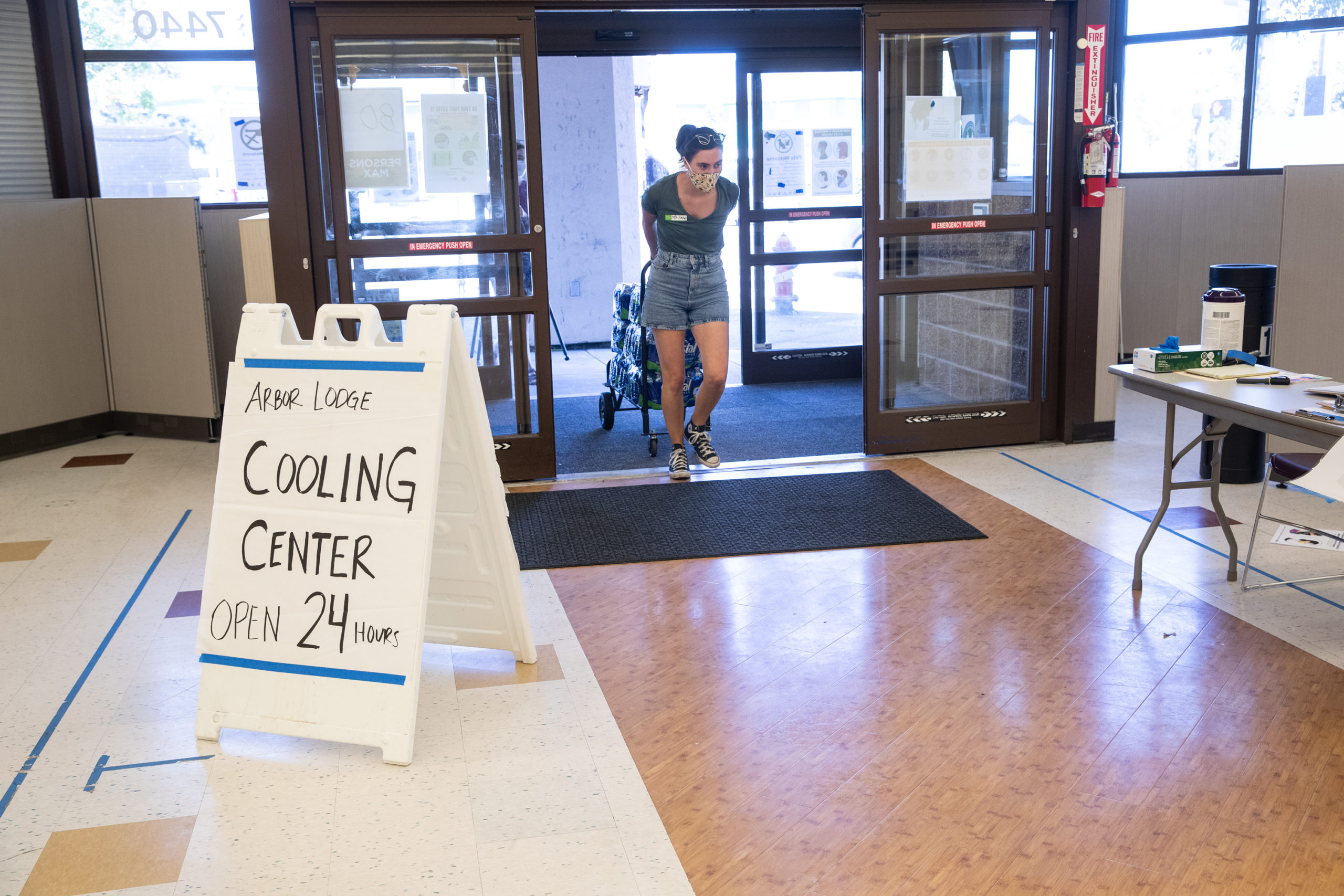
How U.S. Cities Are Preparing for More Life-Threatening Heatwaves
Last summer, a mass of high-pressure air known as a heat dome, settled over the Pacific Northwest, hovering for days. The result was record-shattering heat, with temperatures reaching 115 degrees in Portland. The event may have killed as many as 600 people, according to one analysis. Jonna Papaefthimiou, the city’s chief resilience officer and interim emergencyREAD MORE
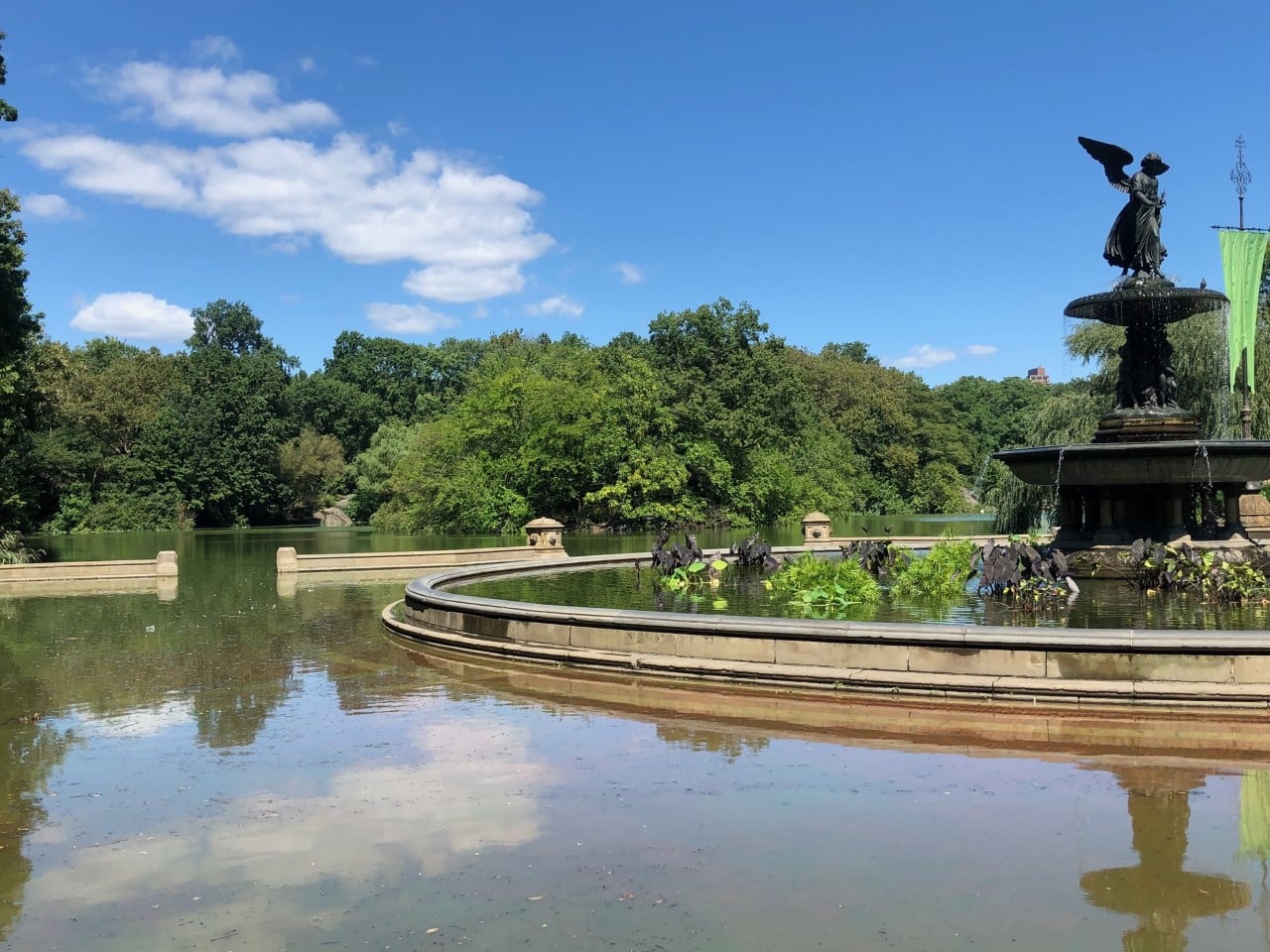
Central Park’s Climate Lab Is a Window Into the Future of Urban Green Spaces
When Hurricane Ida dumped more than 3 inches of rain on Central Park in a single hour, the National Oceanic and Atmospheric Administration (NOAA) called it a “1-in-500 year rainfall event.” The downpour broke the park’s previous rainfall record, set just 11 days earlier. It damaged scores of trees, flooded the Loeb Boathouse, transformed the areaREAD MORE
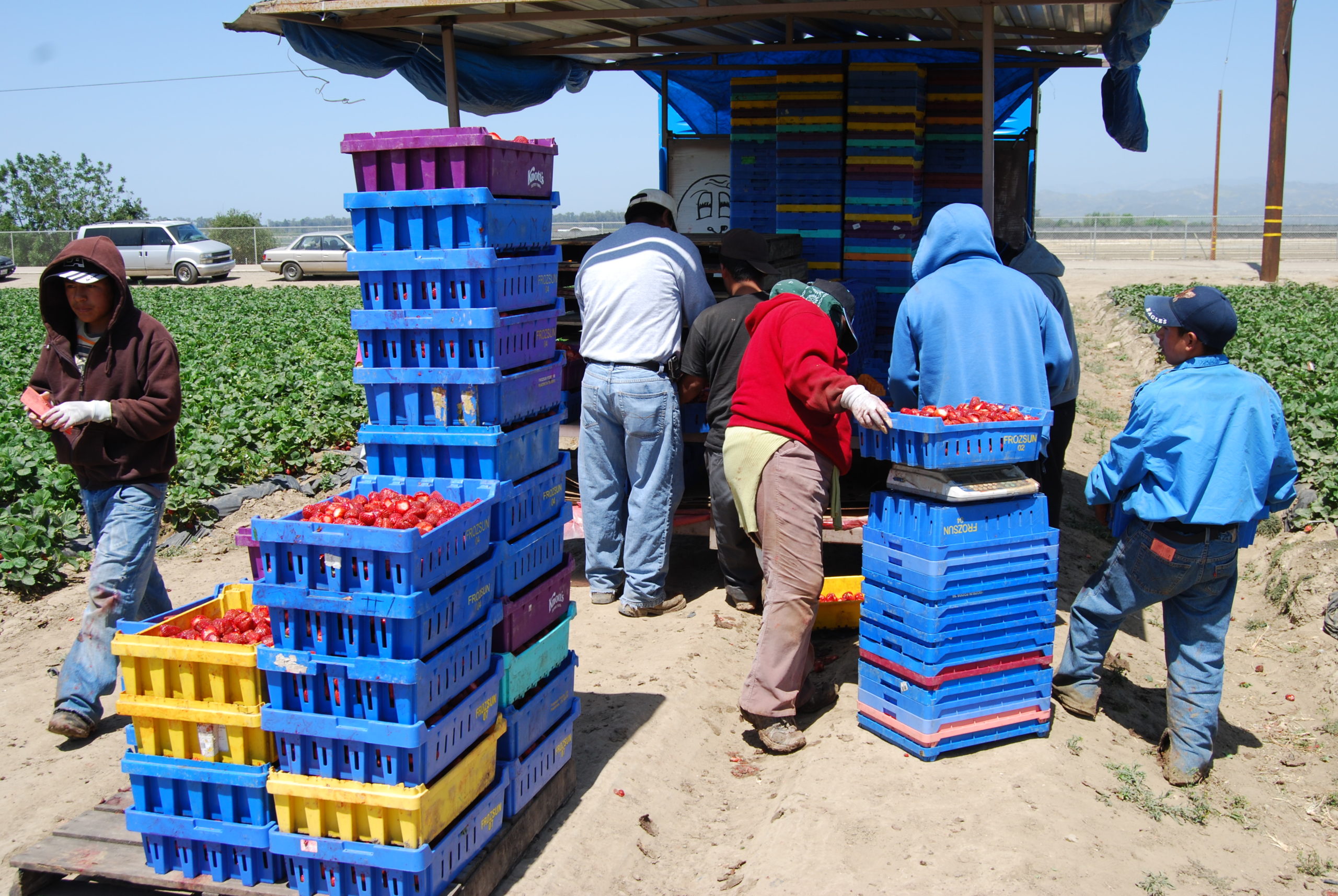
Farm Workers Exposed to Climate Change Effects Are Demanding Protections
In August 2020, at the end of an unusually hot and dry summer, wildfires spread across Northern California. The LNU Lightning Complex fires burned through more than 360,000 acres over the course of six weeks, striking the area’s vineyards and becoming one of the most destructive wildfires in California’s history. Tens of thousands of people evacuated,READ MORE
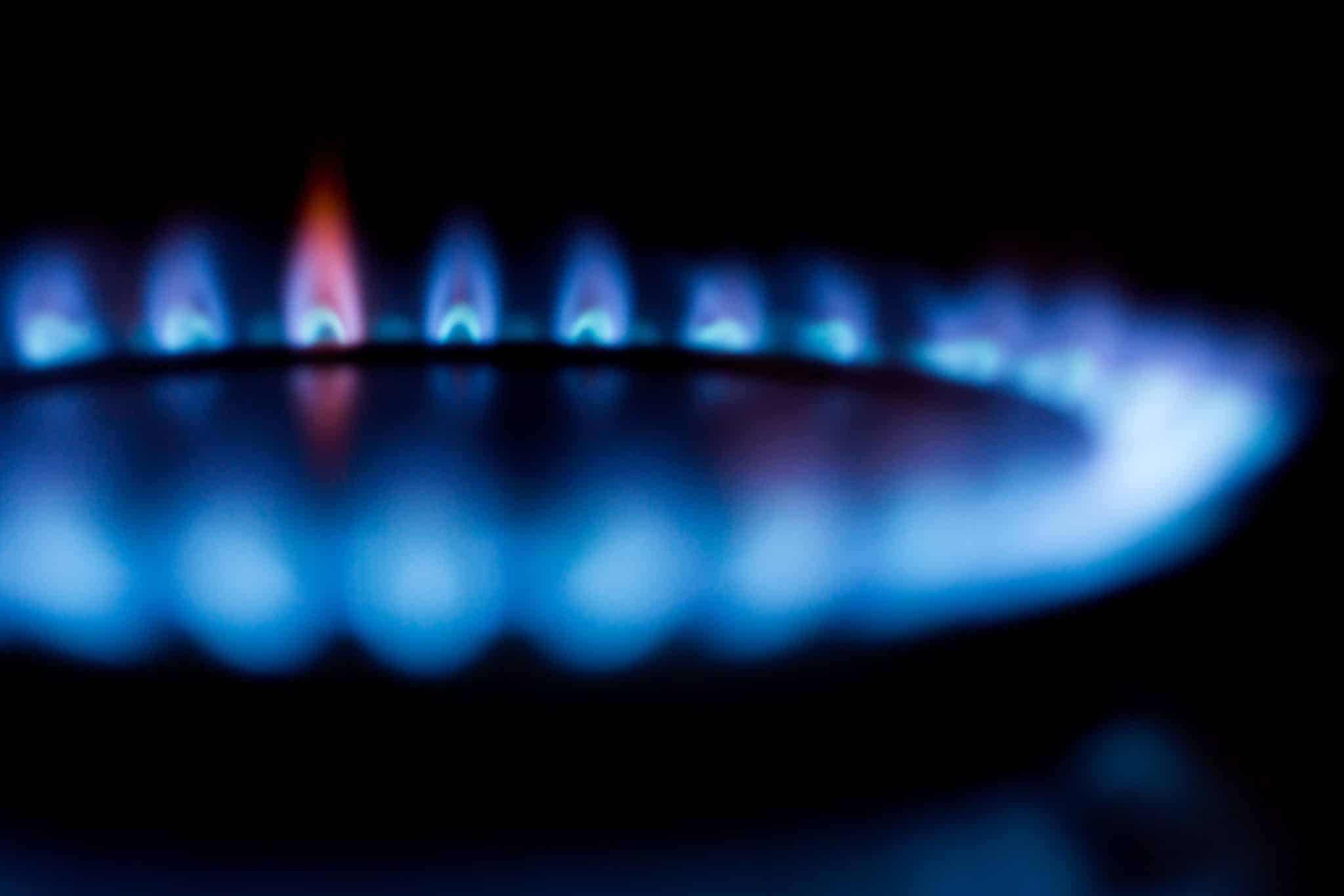
Your Gas Stove Is Leaking
If you have a gas stove, there’s a good chance it’s leaking right now. A new report out of Stanford today found gas stoves old and new are constantly emitting methane, the potent main component in natural gas, and that those leaks — from 40 million gas stoves used across the country — have a climateREAD MORE
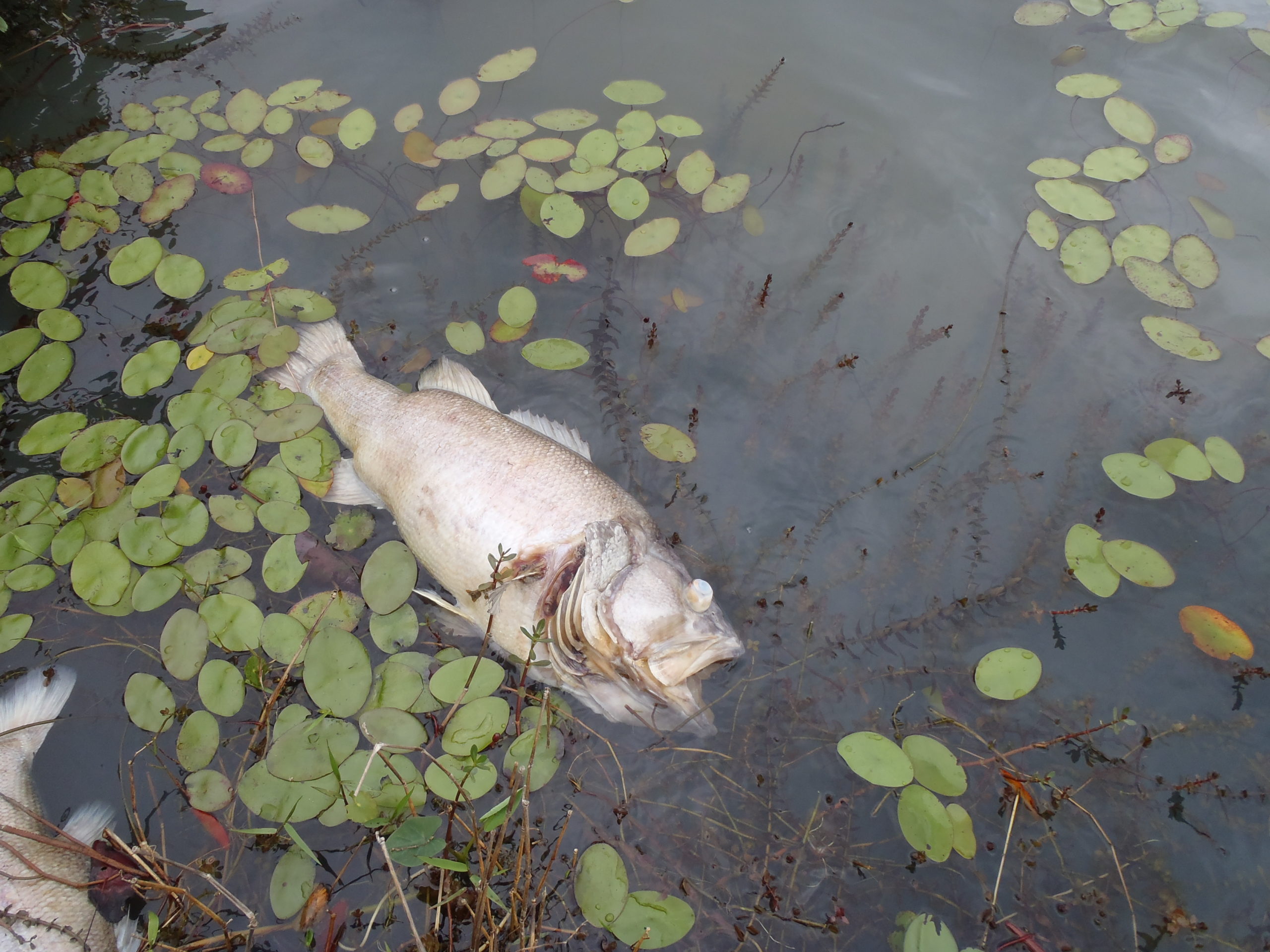
Warming Lakes Are Losing Oxygen. Climate Change and Pollution Are to Blame.
On a sweltering morning last July, thousands of dead fish washed onto the northeastern shores of Pokegama Lake, 60 miles north of Minneapolis. Deb Vermeersch, an official with the Minnesota Department of Natural Resources, was called in to investigate. When she arrived, she saw a quarter-mile stretch of sand covered with the rotting carcass of walleyeREAD MORE
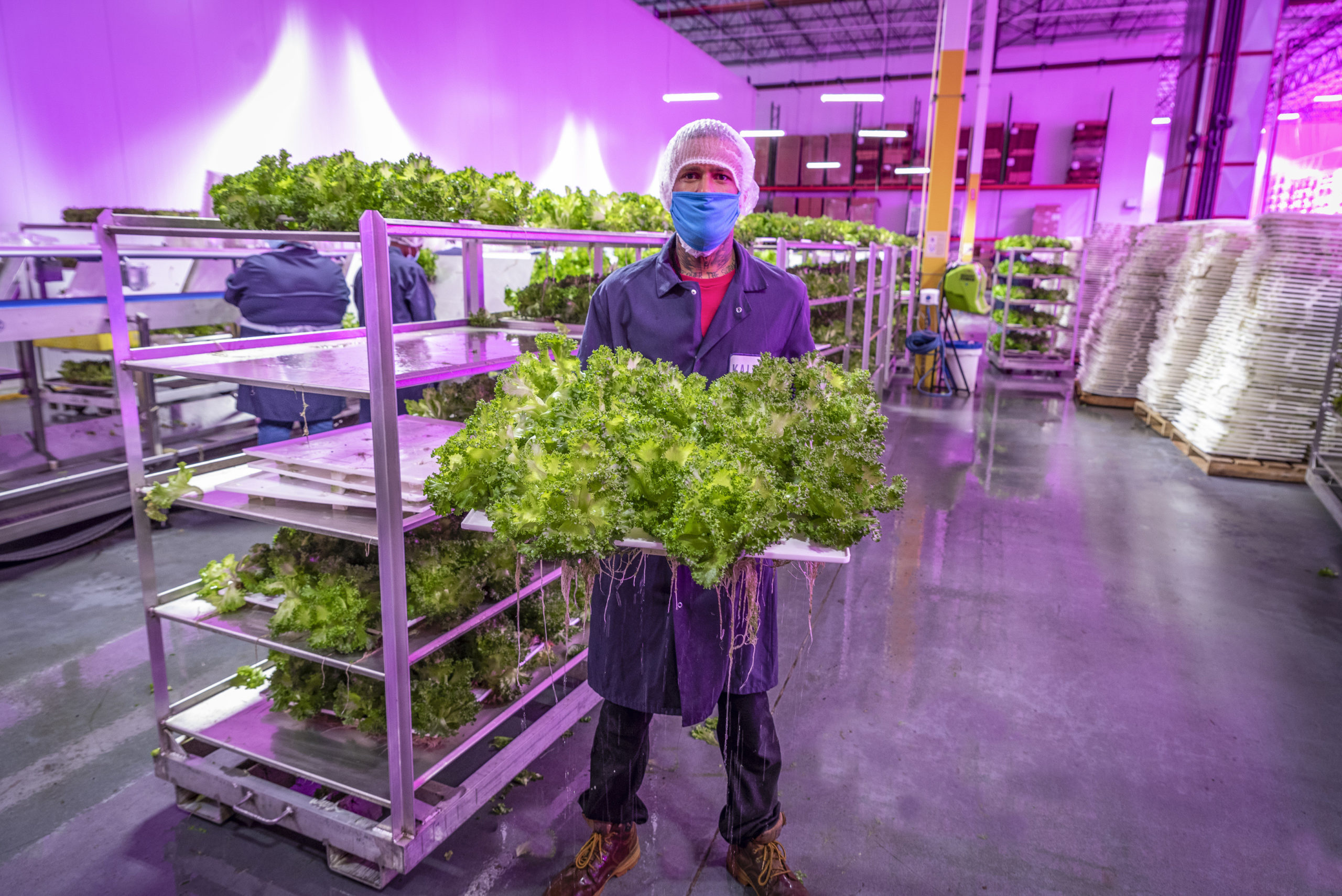
Is Agriculture Moving Indoors?
On a sunny day last August, Daniel Malechuk opened the door to a 77,000-square-foot warehouse just outside Atlanta. Inside, under the soft magenta glow of LED lights, grew five varieties of hydroponic lettuce stacked nine levels high. A handful of employees were busy harvesting the greens. Their pace matched Malechuk’s ambition: to grow 10 million headsREAD MORE

Militaries Produce 6 Percent of GHGs—but They’re Not Required to Report It
The U.S. military has recognized climate change as an “existential” threat to national security, spurring conflict and mass migration. In October, as part of a government-wide effort to assess climate risk, it released an adaptation plan that, among other things, examines what it will mean to operate in a hotter Middle East and a melting Arctic.READ MORE
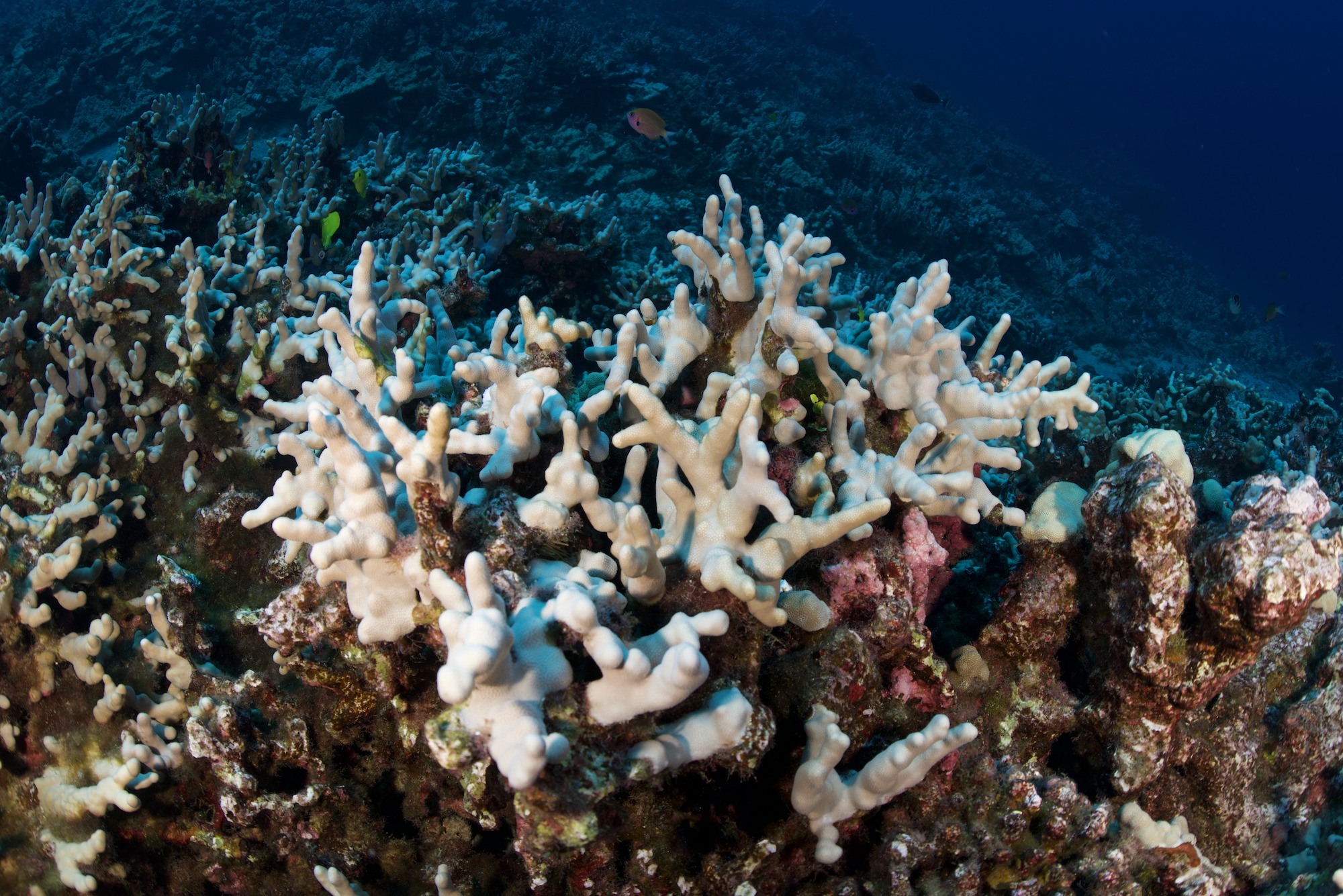
This New Imaging System Could Be a Game Changer in the Fight to Save Coral Reefs
Not that long ago, Brian Neilson, program manager at Hawaii’s Department of Land and Natural Resources-Division of Aquatic Resources, had only two ways of mapping coral reefs: send out divers or gather satellite images. Neither was perfect. Divers could produce detailed maps, showing which corals were healthy and which were ailing, but they could only coverREAD MORE
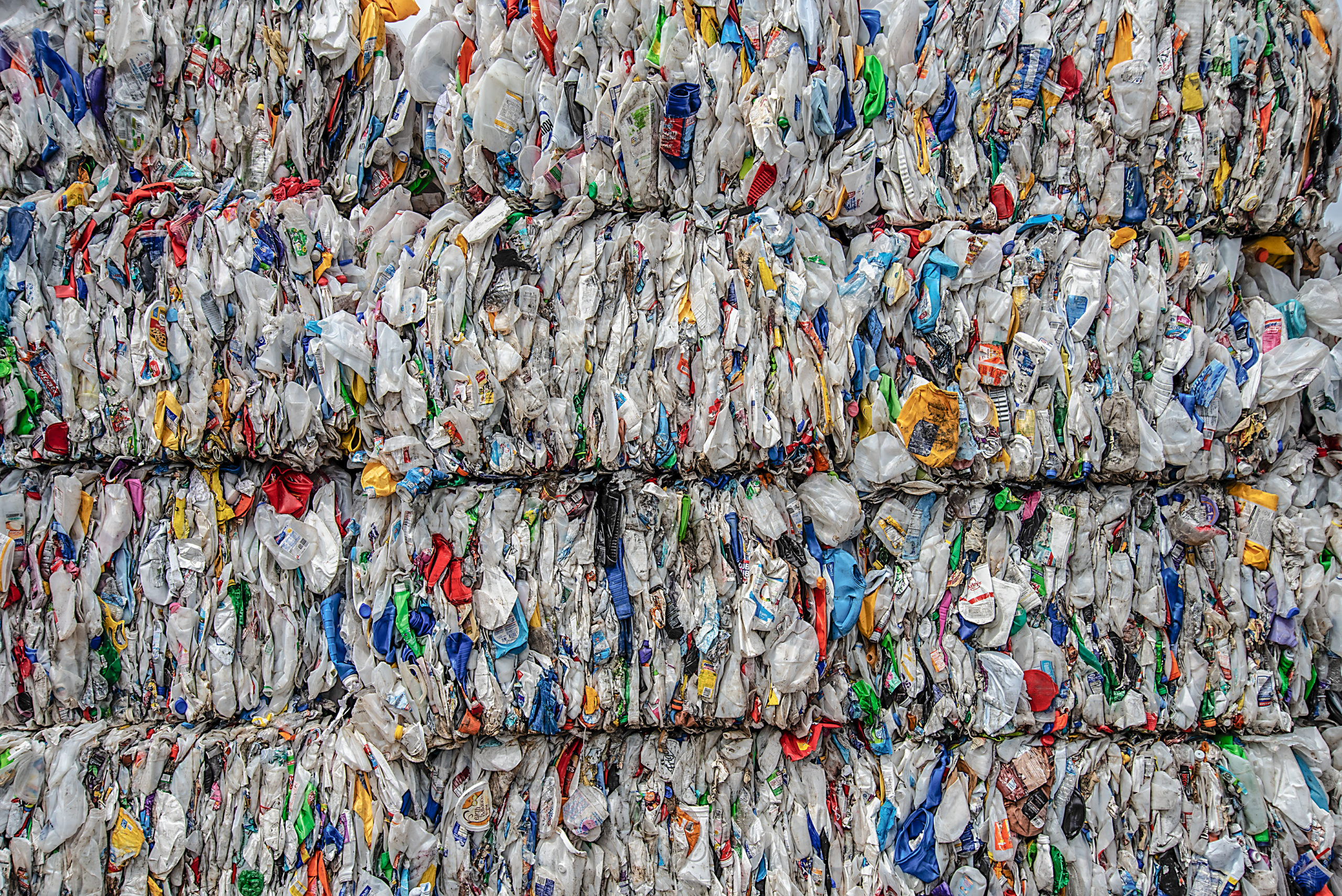
A Trip Down the Ohio River Shows the Future of the Oil and Gas Industry
Hit hard by the coronavirus pandemic, Royal Dutch Shell saw its profits drop 71 percent between 2019 and 2020. Its recovery will likely be stymied by the rise of electric cars and renewable energy, which will lead to falling demand for oil and, in the United States, natural gas. There is one bright spot for theREAD MORE
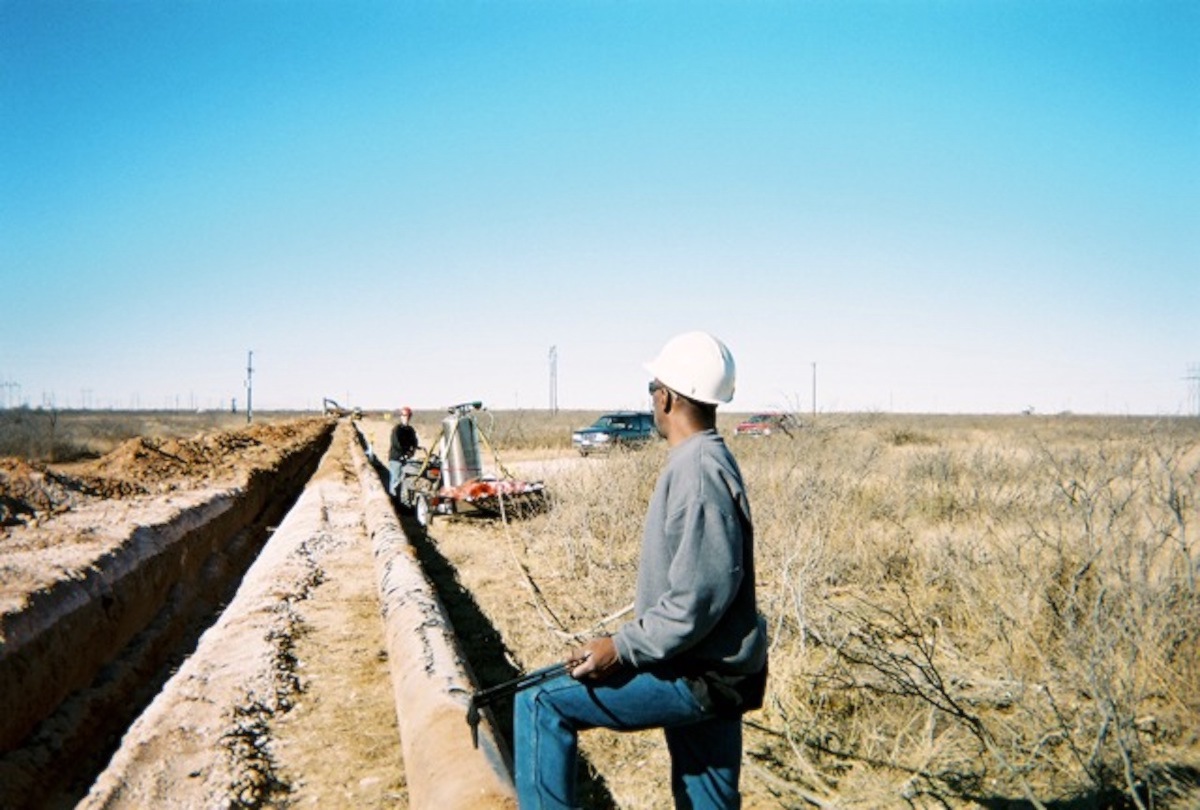
Pipeline Firms Are Abandoning Oil and Gas Lines, Leaving Landowners to Deal With the Mess
Some years ago, David Howell got a call from a landowner in Central Texas who had 300 feet of an old oil pipeline buried under his property. It was clearly no longer in use. The area around the pipeline was overgrown and the signage had faded or fallen away. The landowner wanted to build there now,READ MORE
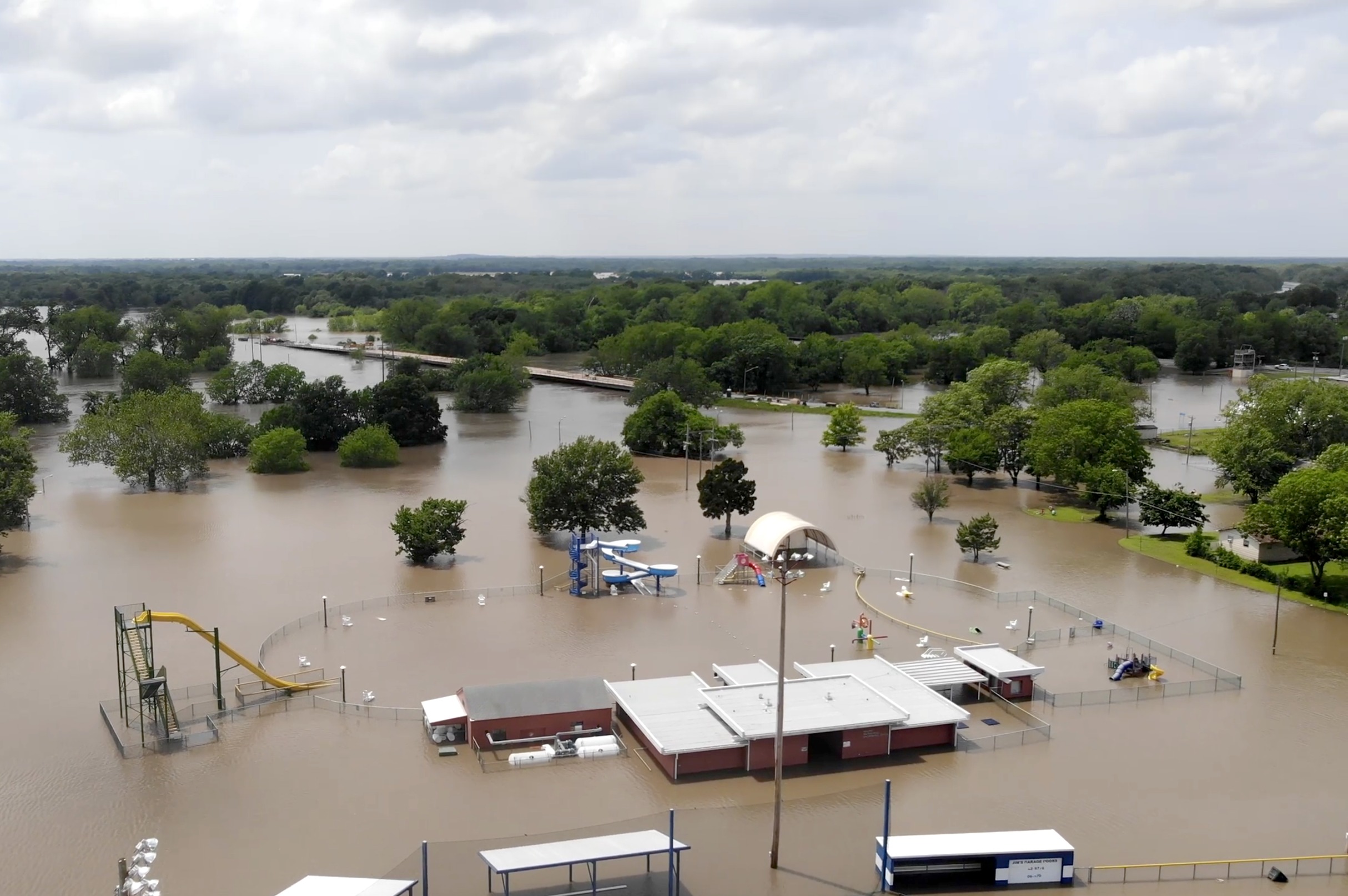
Severe Floods Threaten to Spread Lead Pollution Across Northeast Oklahoma (VIDEO)
Miami, Oklahoma is caught in a vice, being squeezed from both sides. To the north, dust from abandoned lead mines is seeping into the ground and into waterways. To the south, homeowners on Grand Lake o' the Cherokees are pushing to raise the lake level. But doing so would worsen the already devastating floods upstream, inREAD MORE
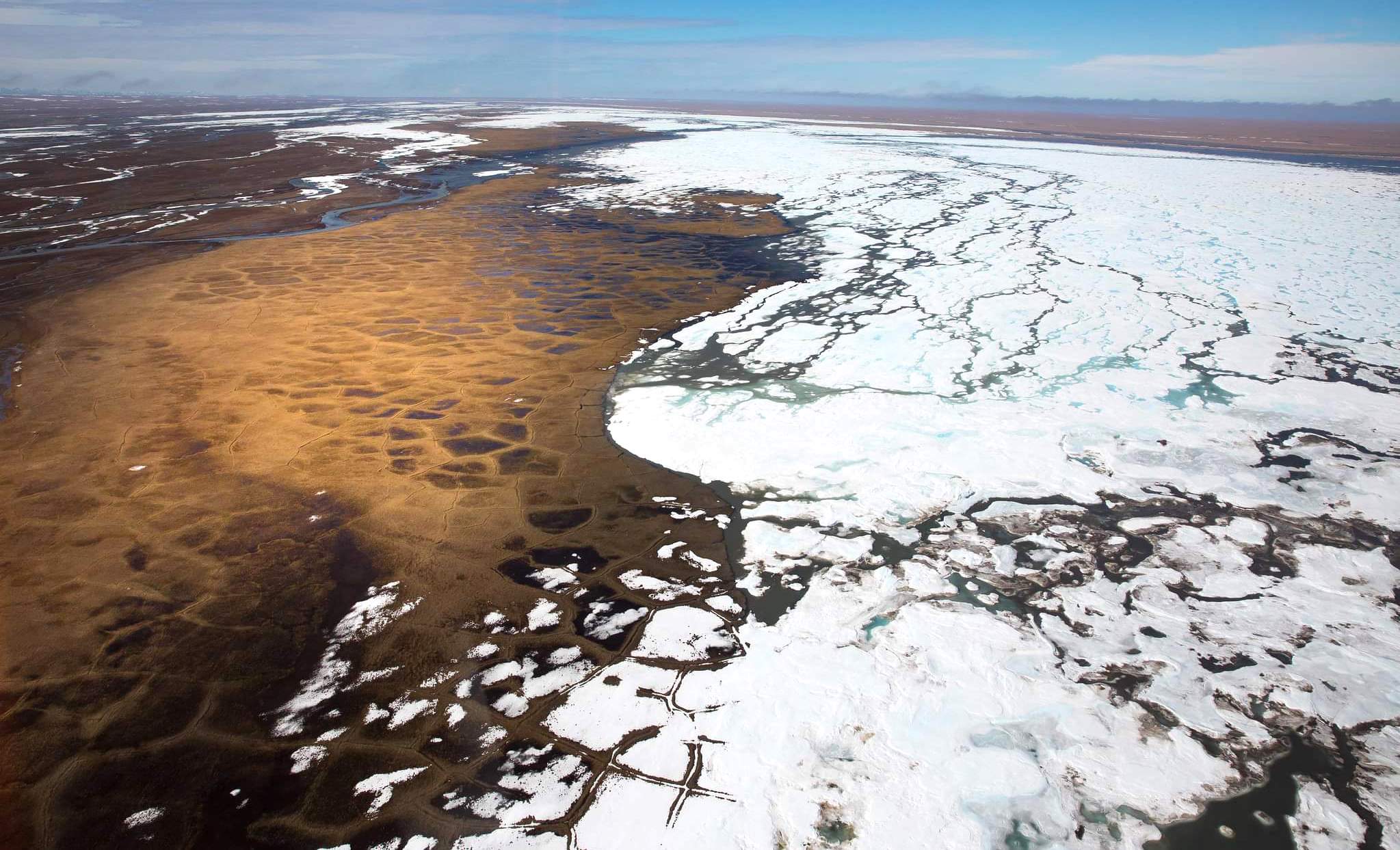
Trump’s Last-Ditch Effort to Drill the Alaskan Wilderness
The Trump administration is making a last-minute push to sell oil rights in the Arctic National Wildlife Refuge (ANWR). Firms can now select which swaths of pristine Alaskan wilderness they would like to drill, and they could bid on leases before President Trump leaves office in January. ANWR is the largest wildlife refuge in the country,READ MORE
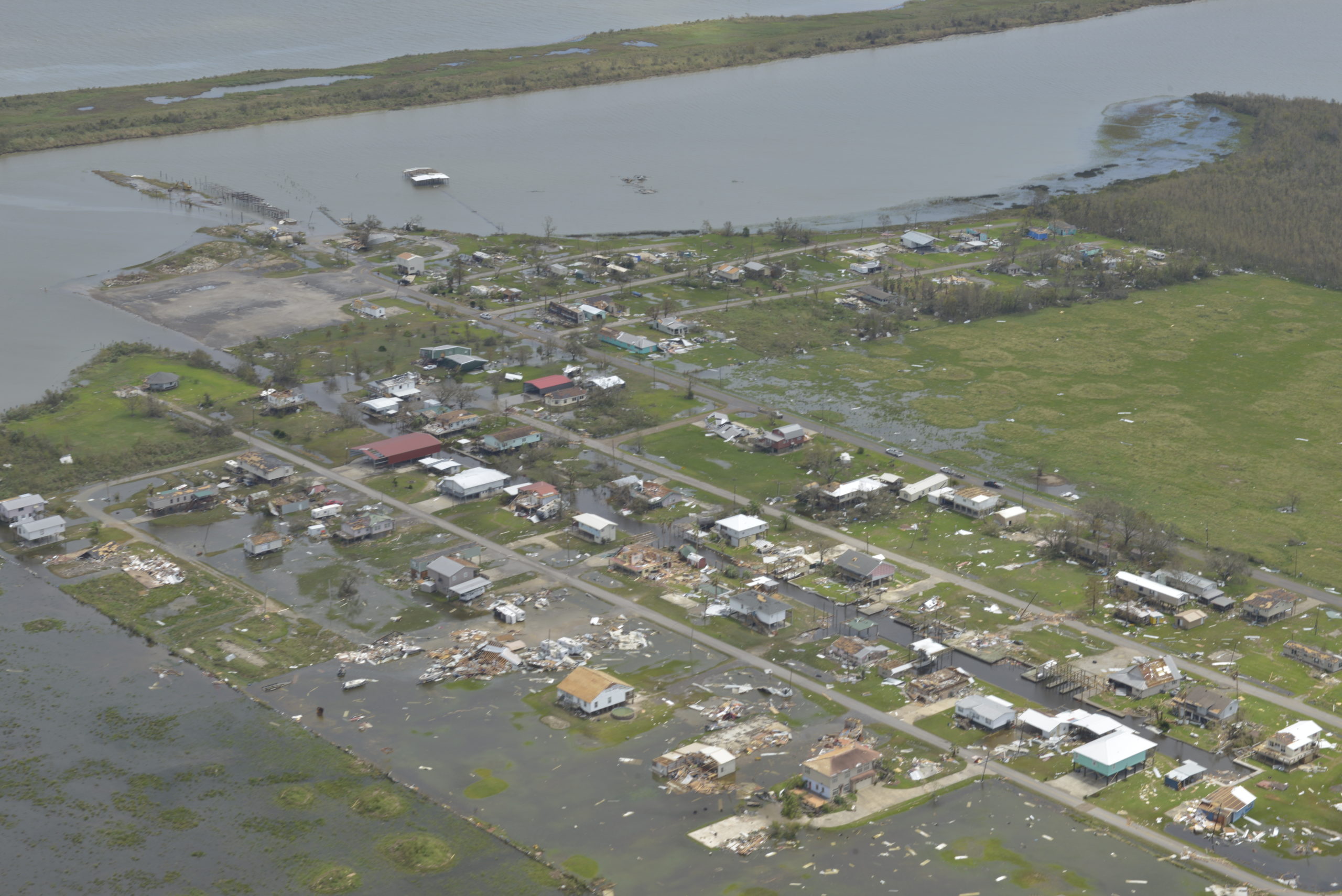
Back-to-Back Hurricanes—A New Climate Peril?
When Hurricane Laura slammed into Lake Charles, Louisiana at the end of August, it downed power lines, felled trees and stripped roofs off houses in its path. After the storm passed and the skies cleared, it was time to rebuild. But in 2020, that would be no easy task. This year has seen so many namedREAD MORE
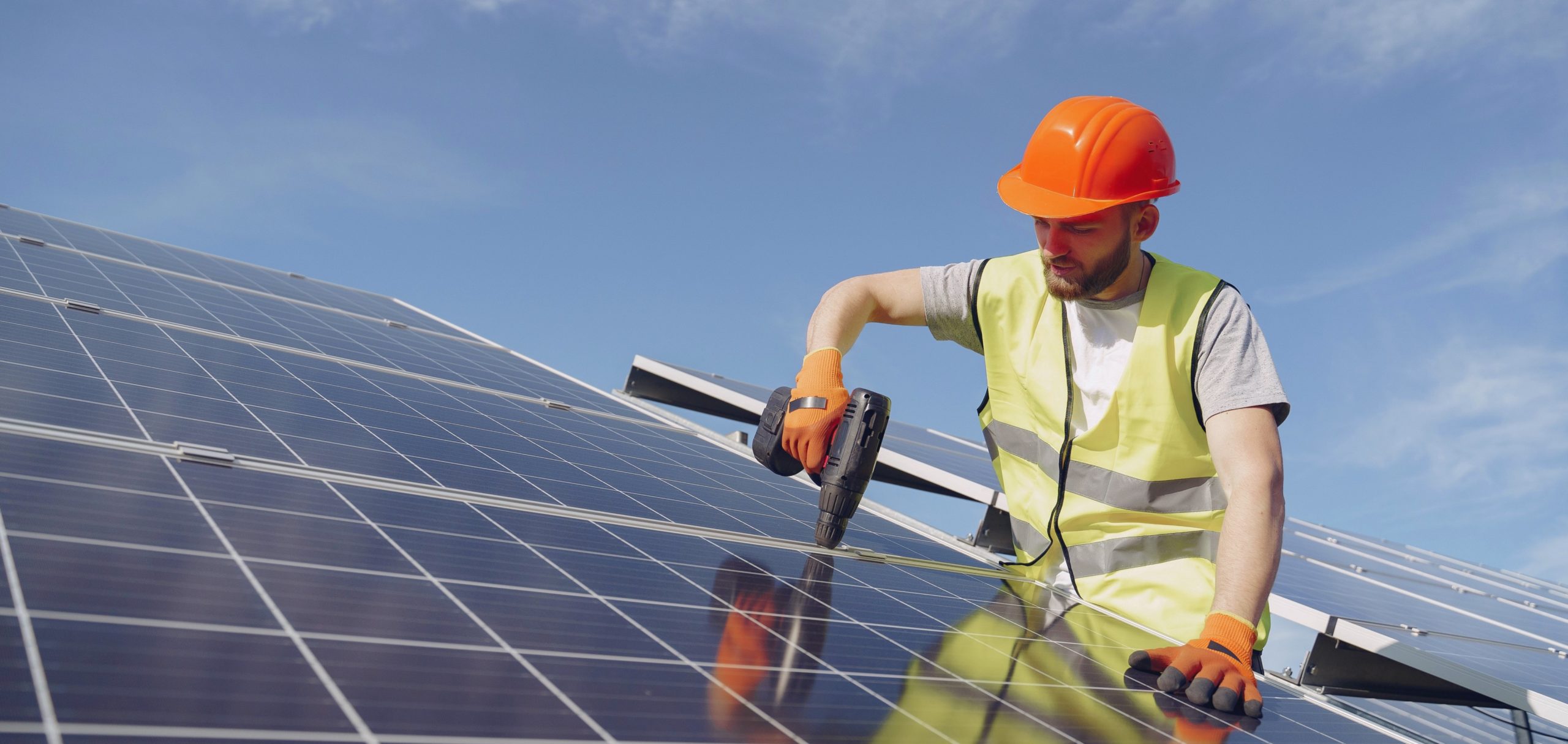
No, Renewables Did Not Cause California’s Blackouts
Record heat across California last weekend spurred Golden Staters to blast their air conditioners. The strain on the power grid was so great that California’s grid operator started rationing electricity. For the first time since the 2001 electricity crisis, it imposed rolling blackouts, shutting down power to hundreds of thousands of homes and businesses up and down theREAD MORE
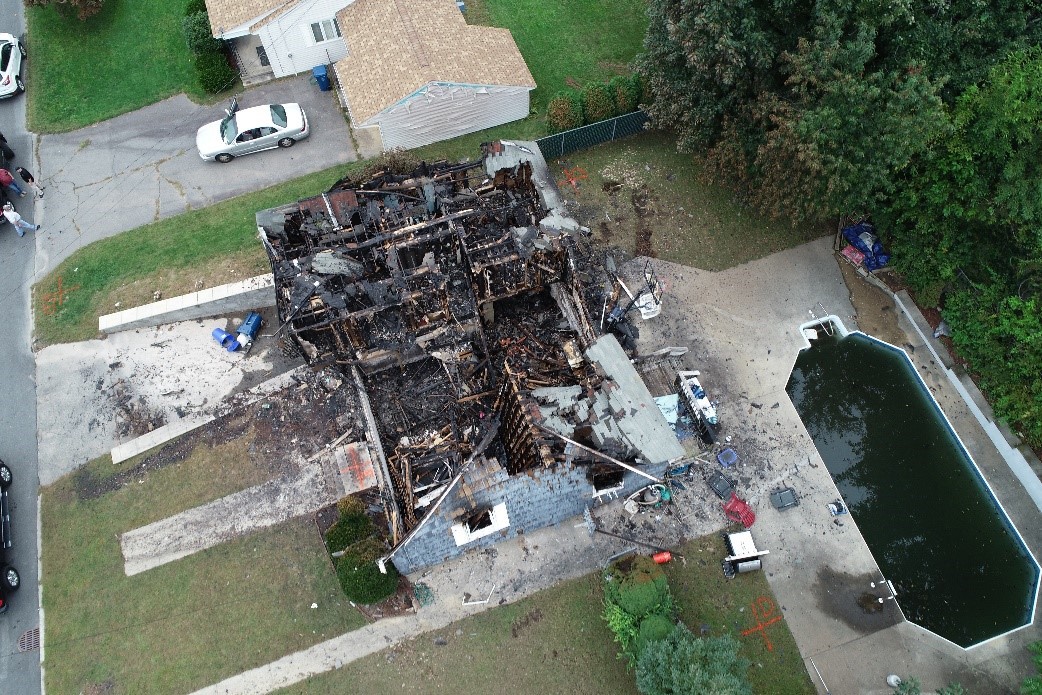
The Growing Danger From Gas Pipelines
Pipelines exploded with the force of bombs, setting homes ablaze in Merrimack Valley, Massachusetts, on the evening of September 13, 2018. Columbia Gas, the local gas utility, had allowed too much pressure to build up in its aging cast-iron pipes until finally, they erupted in a series of blasts that injured more than 20 people and killedREAD MORE
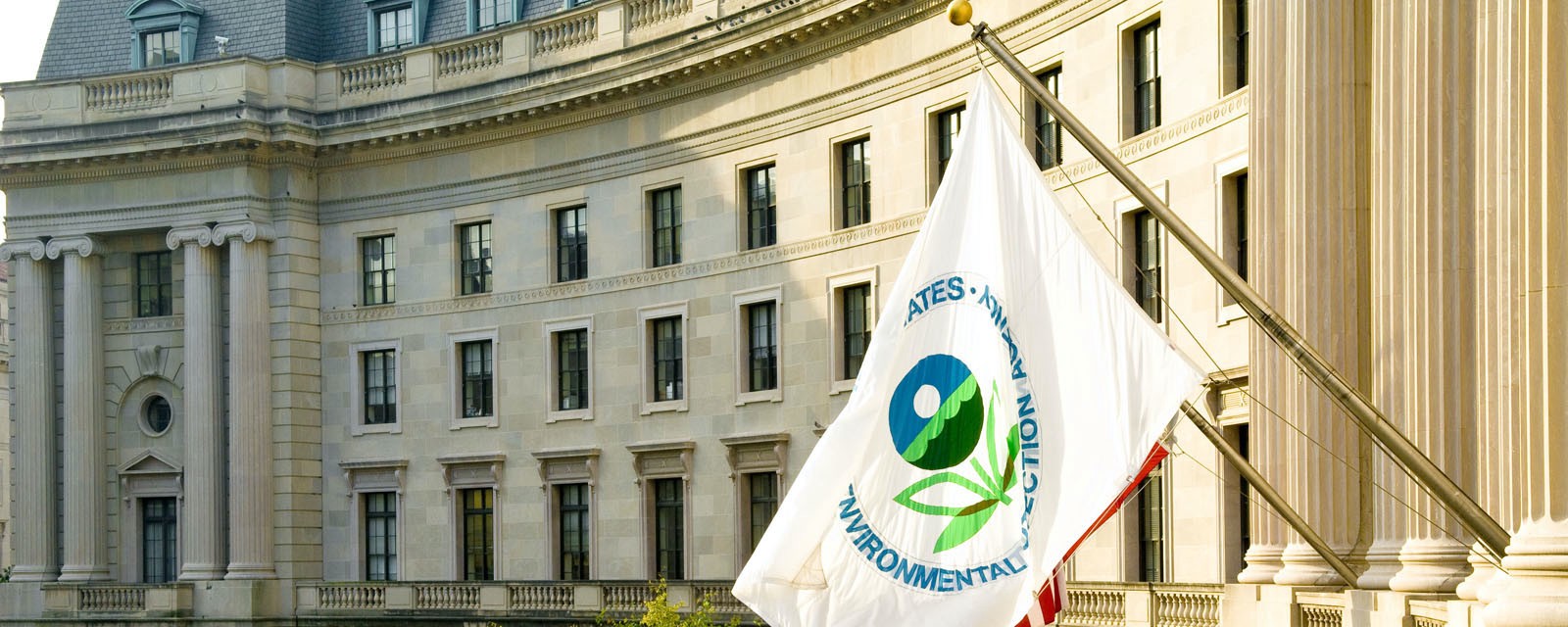
EPA Weakens Methane Rule as Pollution Soars
This year, levels of methane, a powerful heat-trapping gas, hit an all-time high, driven in large part by pollution leaking from gas pipelines and drilling sites. Plugging these leaks is cheap, has enormous upsides for the climate, and is widely supported by major players in the industry, which is why it’s striking that the EPA has decided to weaken anREAD MORE

They Tried to Tame the Klamath River. They Filled It With Toxic Algae Instead. (VIDEO)
The Karuk people define themselves by the Klamath River, just as the Romans did the Tiber or the Egyptians did the Nile. The word “Karuk” means “upstream,” a reference to the waterway, which runs from Klamath Lake in southern Oregon, across the mountains of northern California — where the Karuk live — before emptying into the Pacific Ocean. EveryREAD MORE

Bill Nye: We Are Failing a National Test of Science Literacy
The United States is facing two massive threats — climate change and the coronavirus — that we cannot solve without science. One is playing out slowly, over decades, growing inexorably worse as we continue to burn fossil fuels. The other is advancing rapidly, exacting a grim toll in human lives, as we fail to contain theREAD MORE

The United States Could Achieve 90 Percent Clean Power by 2035 at No Extra Cost
Experts disagree about how fast the United States can replace coal and gas-fired power plants with zero-carbon electricity. Some say we can shift to 100 percent clean power by 2050 with little friction and minimal cost. Others say that’s unrealistically optimistic. Scientists on both sides of the argument agree that it’s possible to get to 80READ MORE

Armed With Eminent Domain, Pipeline Projects Continue During the Pandemic
Pipeline giant Kinder Morgan is cutting a 400-mile line across the middle of Texas, digging up vast swaths of private land for its planned Permian Highway Pipeline. The project is ceaseless, continuing through the coronavirus pandemic. Landowner Heath Frantzen said that dozens of workers have showed up to his ranch in Fredericksburg, even as public healthREAD MORE
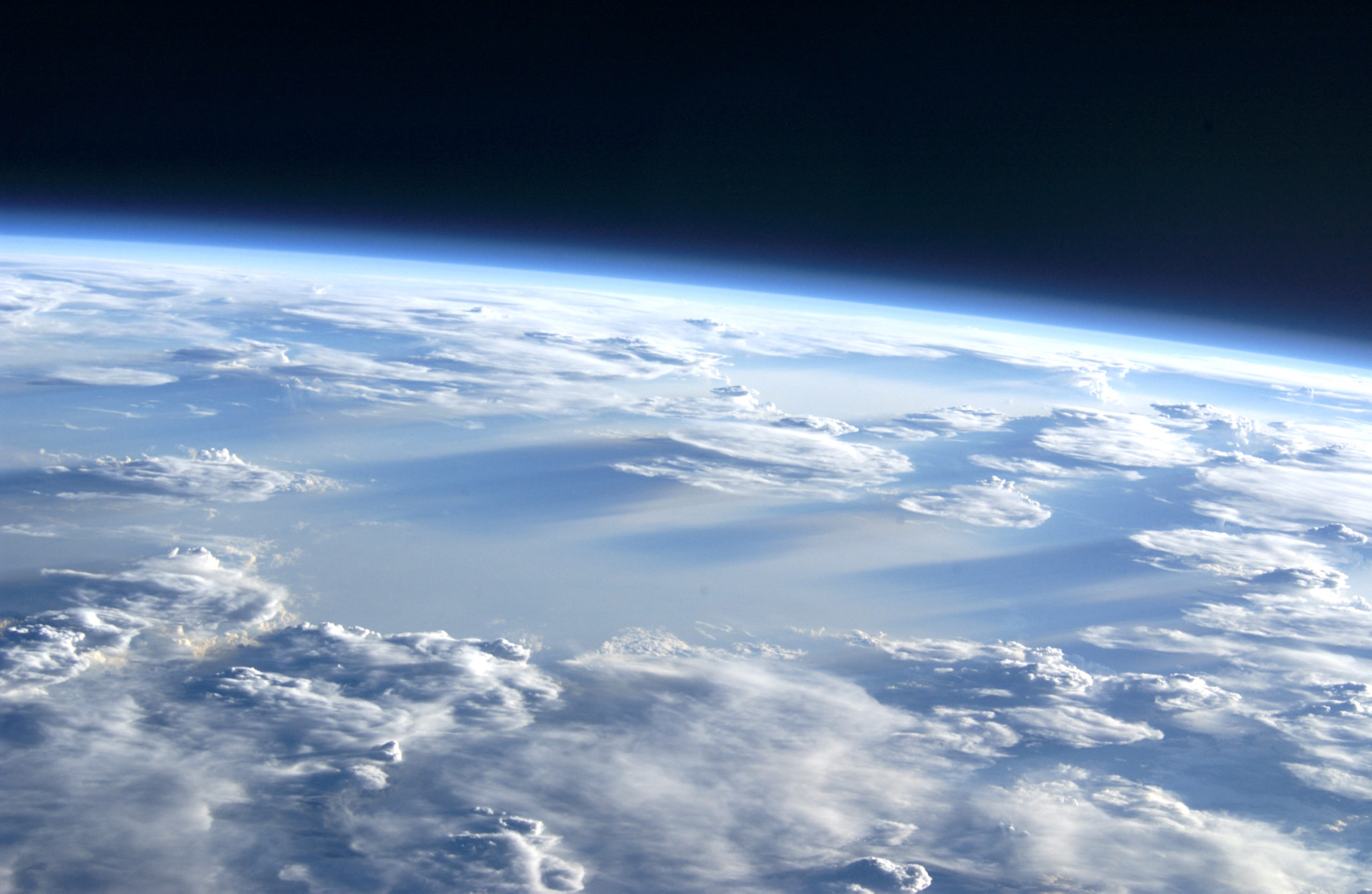
Another Hole in the Ozone Layer? Climate Change May Be to Blame.
You may have heard about the hole in the ozone layer, which hovers over Antarctica. It has shrunk over time thanks to policies that curbed the use of ozone-depleting chemicals. In the nearly 40 years that NASA has kept track, it has never been smaller. That’s the good news. The bad news is that a separateREAD MORE
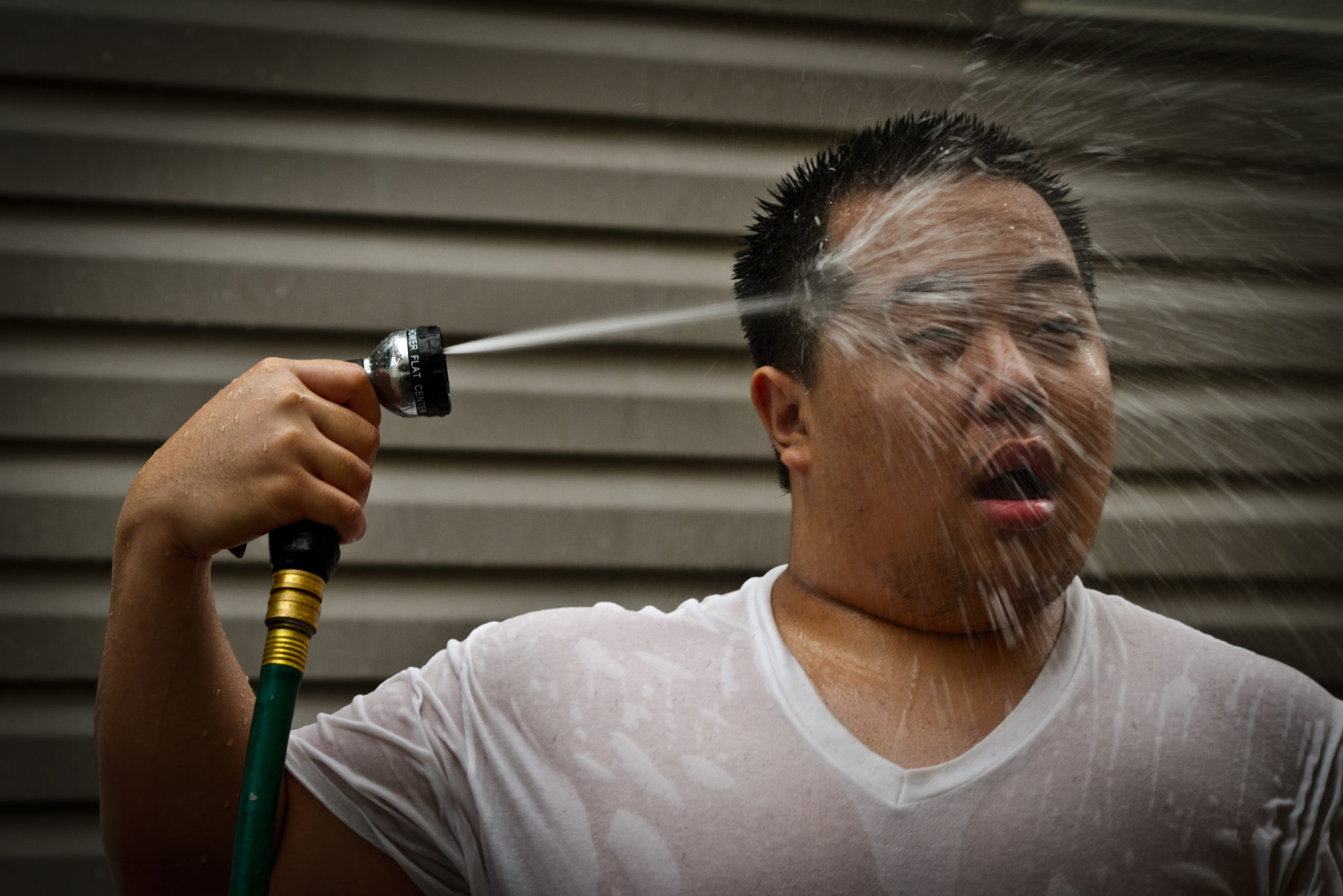
Climate Change Could Frustrate Efforts to Stop the Coronavirus
While there is some preliminary evidence that sunlight, heat and humidity could slow the spread of the coronavirus, the summer months also promise a host of new risks, The Washington Post reports. Soaring temperatures will either compel people wanting relief to go outside, where they could catch the coronavirus, or the coronavirus will force people toREAD MORE
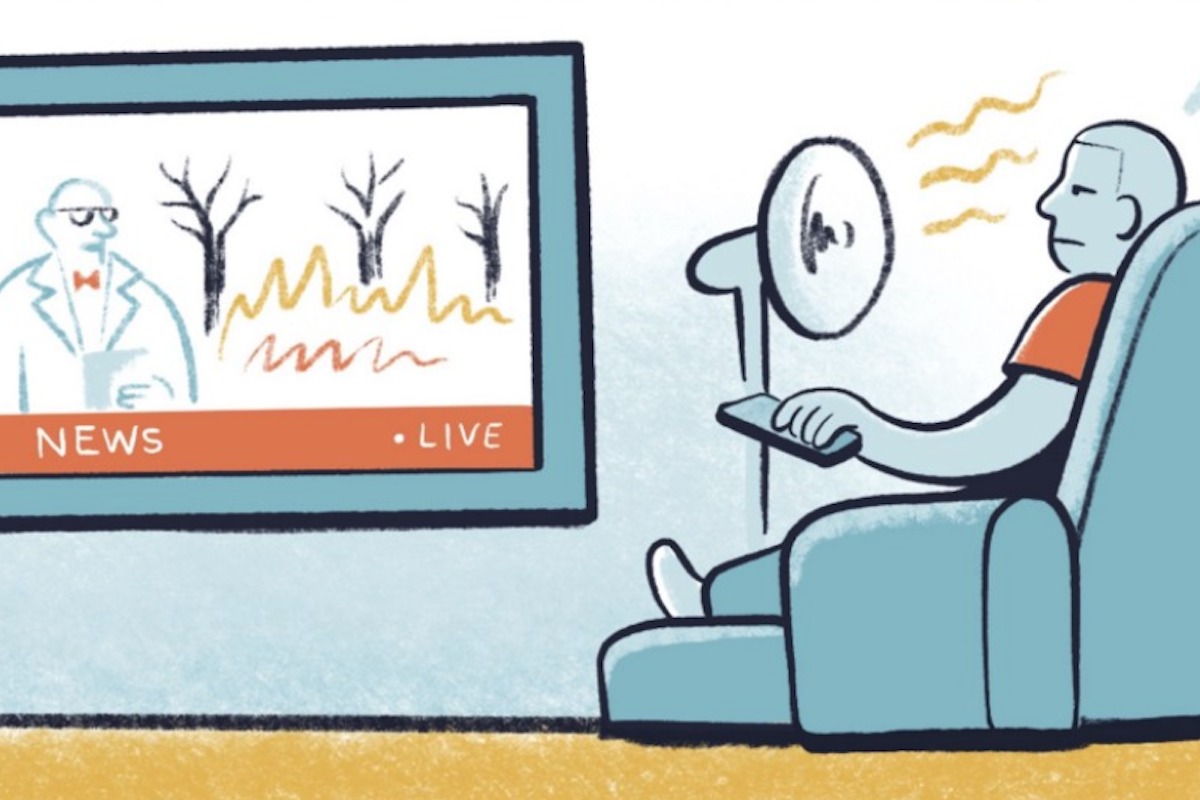
Are We Screwed On Climate Change?
If you are a climate scientist, you are likely to hear the same question, again and again, from inquiring minds at weddings, bar mitzvahs, birthday parties and cocktail hours — are we screwed? It’s a fair query. Experts have put forward a litany of bleak scientific reports outlining what climate change means for the future of life onREAD MORE

When Disaster Strikes, Disinformation Spreads
Rumors take hold after every crisis, whether it’s a global pandemic or a climate-driven disaster. Social media makes it easy. Anyone can post any story, true or not, and count on others to share it, particularly if it inspires anxiety, fear or anger. While rumors can fuel stress, however, they are not meant to hurt otherREAD MORE

Thawing Permafrost Is Letting Scientists Study Long-Dead Diseases
For decades, the Inuit woman, a victim of the 1918 Spanish flu, lay buried in a mass grave under six feet of Alaskan permafrost. But when the frozen ground began to thaw in the 1990s, the Inuit town of Brevig Mission gave scientists permission to dig her up. Her ample body fat kept her lungs insulatedREAD MORE

Cool Designs to Guard Against Flooding (PHOTOS)
Architect Ruurd Gietema lives in The Netherlands, a country perennially trying to hold back the sea. He said his homeland has paid a price for the high dikes and tall dunes it built to thwart rising waters and prevent flooding. “Protection was a high priority, but landscapes were erased,” Gietema said. This fact is not lostREAD MORE
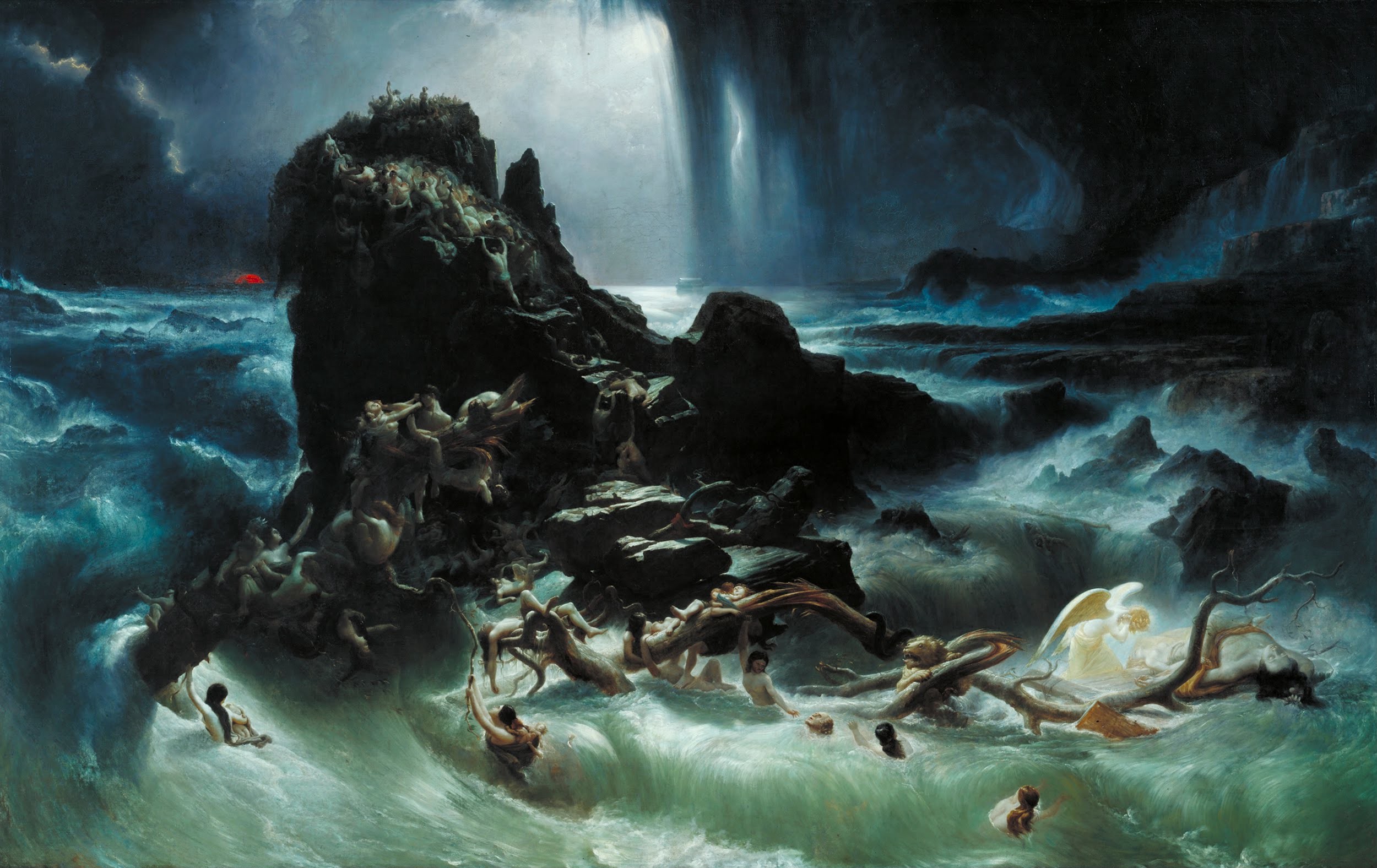
These Apocalyptic Myths Are Coming True Thanks to Climate Change
The last year or so has seen a spate of landmark climate change reports that lay out an apocalyptic vision of the future, a vision that is already starting to take shape as rising temperatures fuel hellish wildfires in Australia, punishing floods in the Midwest, and ferocious hurricanes along the Gulf Coast. But it’s not justREAD MORE

As California Forests Heat Up, Birds Are Flocking to Higher Ground
Forests are critical to slowing climate change because they soak up huge amounts of heat-trapping carbon dioxide. Birds help keep forests healthy by eating insects that spread tree-killing diseases. Birds also scatter seeds that give rise to new trees. If birds leave, the forests could be in trouble. “Without birds, forests would be more vulnerable toREAD MORE
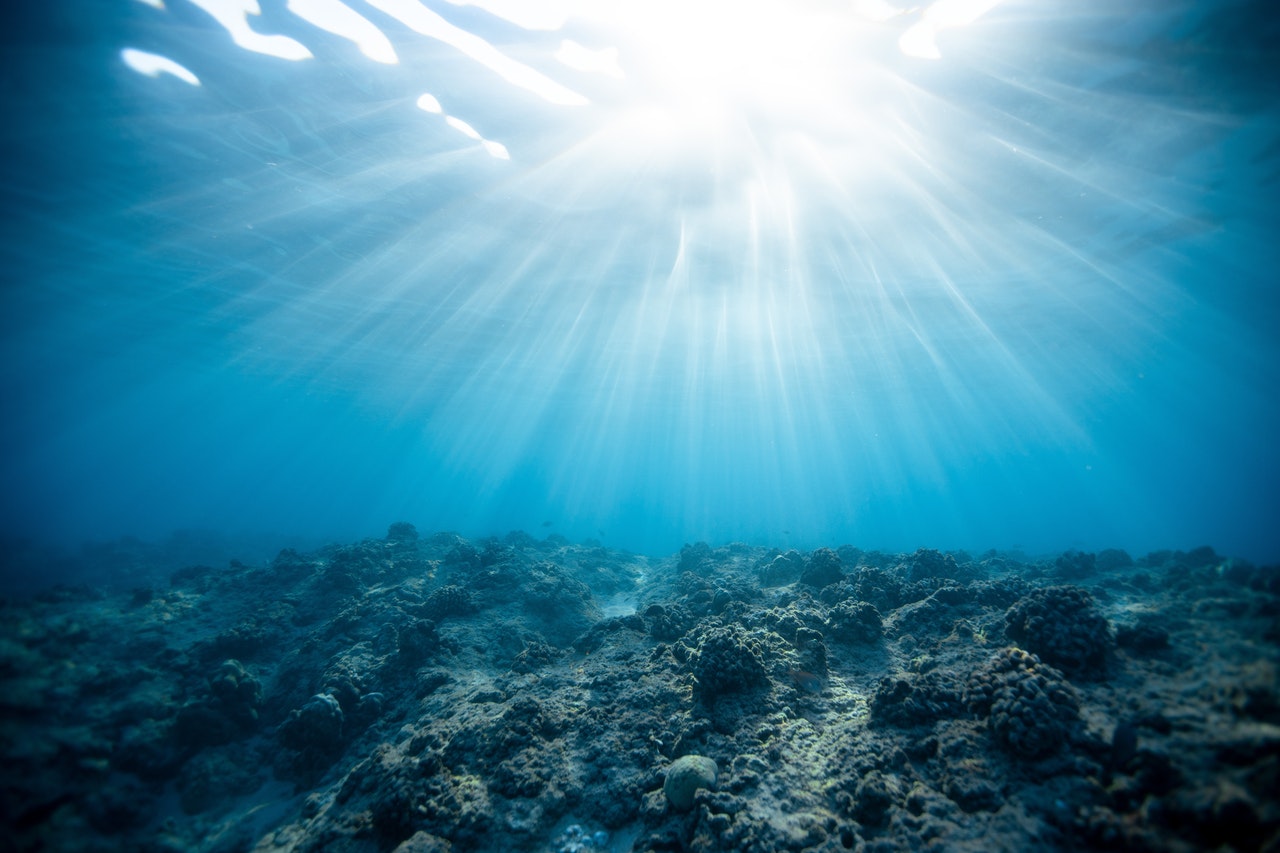
Scientists Use Underwater Speakers to Lure Fish to Dead Reefs
A healthy coral reef sounds like a bowl of Rice Krispies in milk. Snap. Crackle. Pop. “Thousands of invertebrates make this constant crackling, sizzling, static-like sound as … shrimp snap their claws and sea urchins scrape over rocks,” said scientist Tim Gordon. “Punctuated throughout that, you can hear the grunts, whoops, and chatter of many different fishes.”READ MORE
